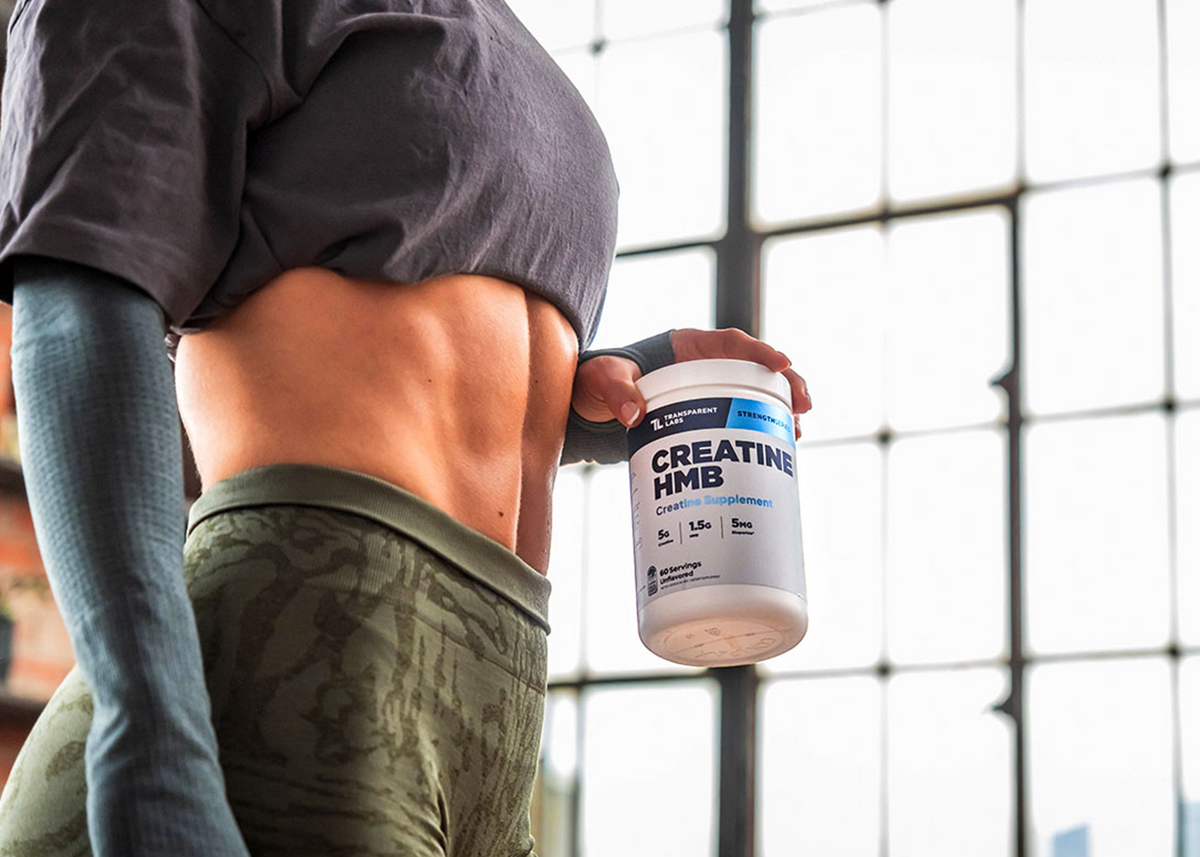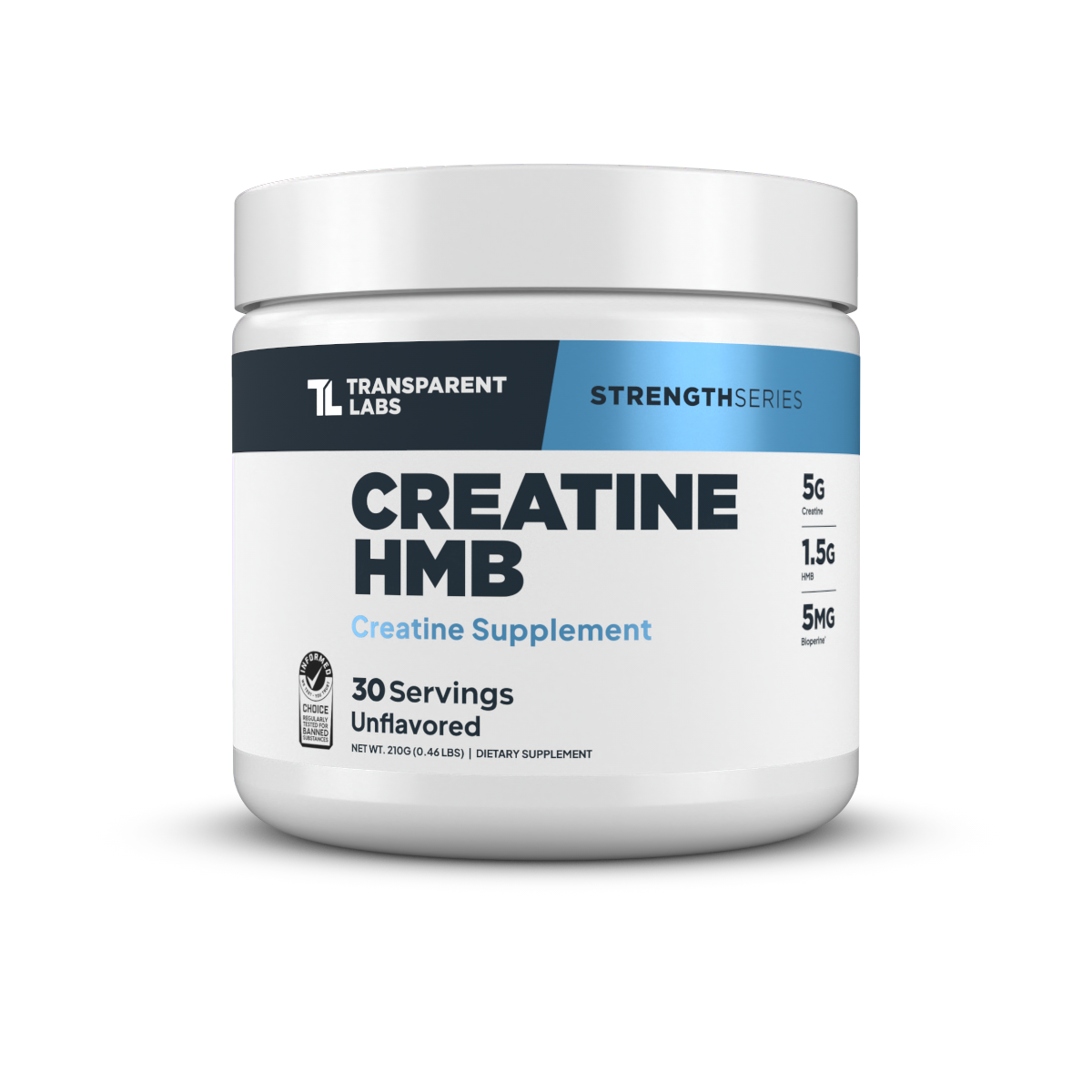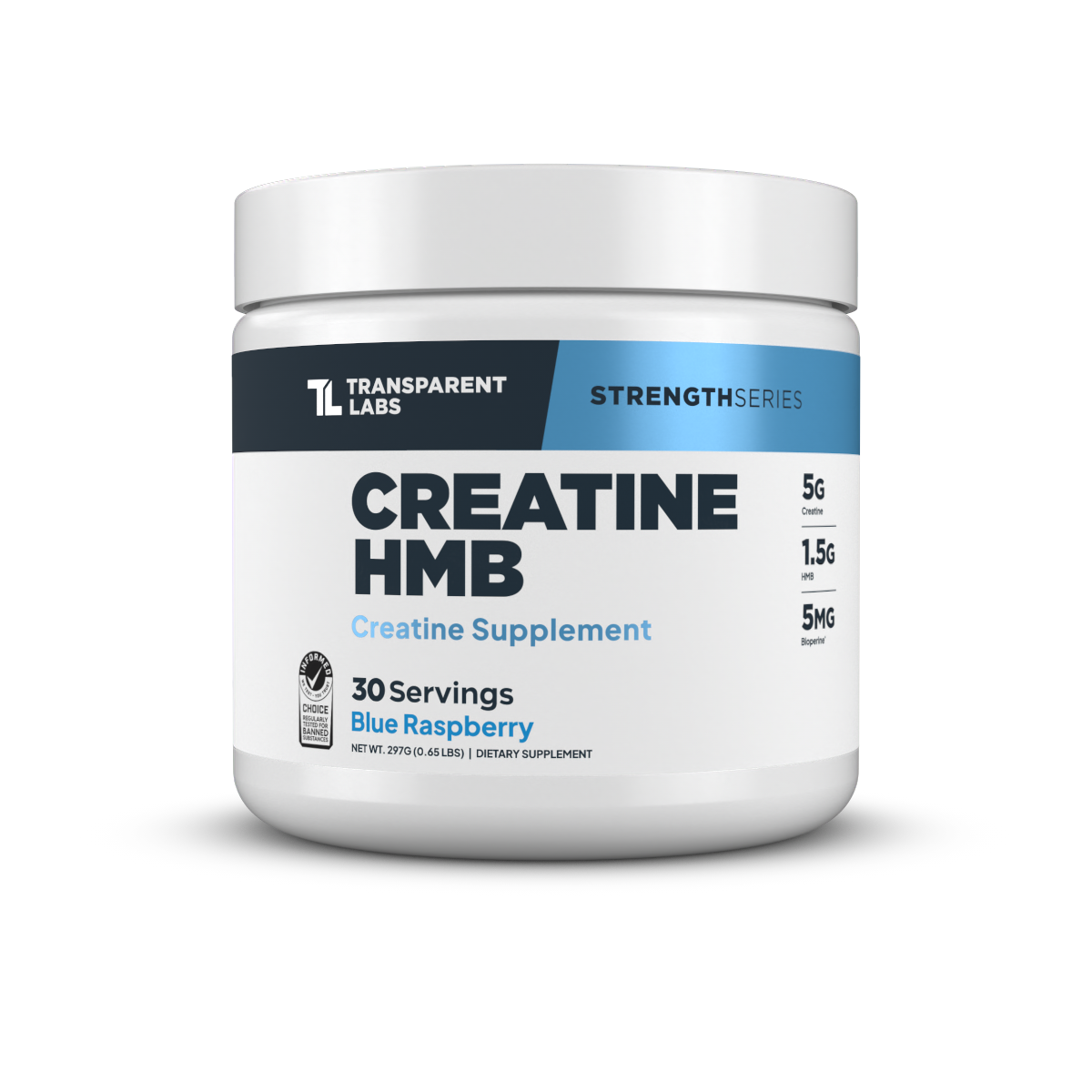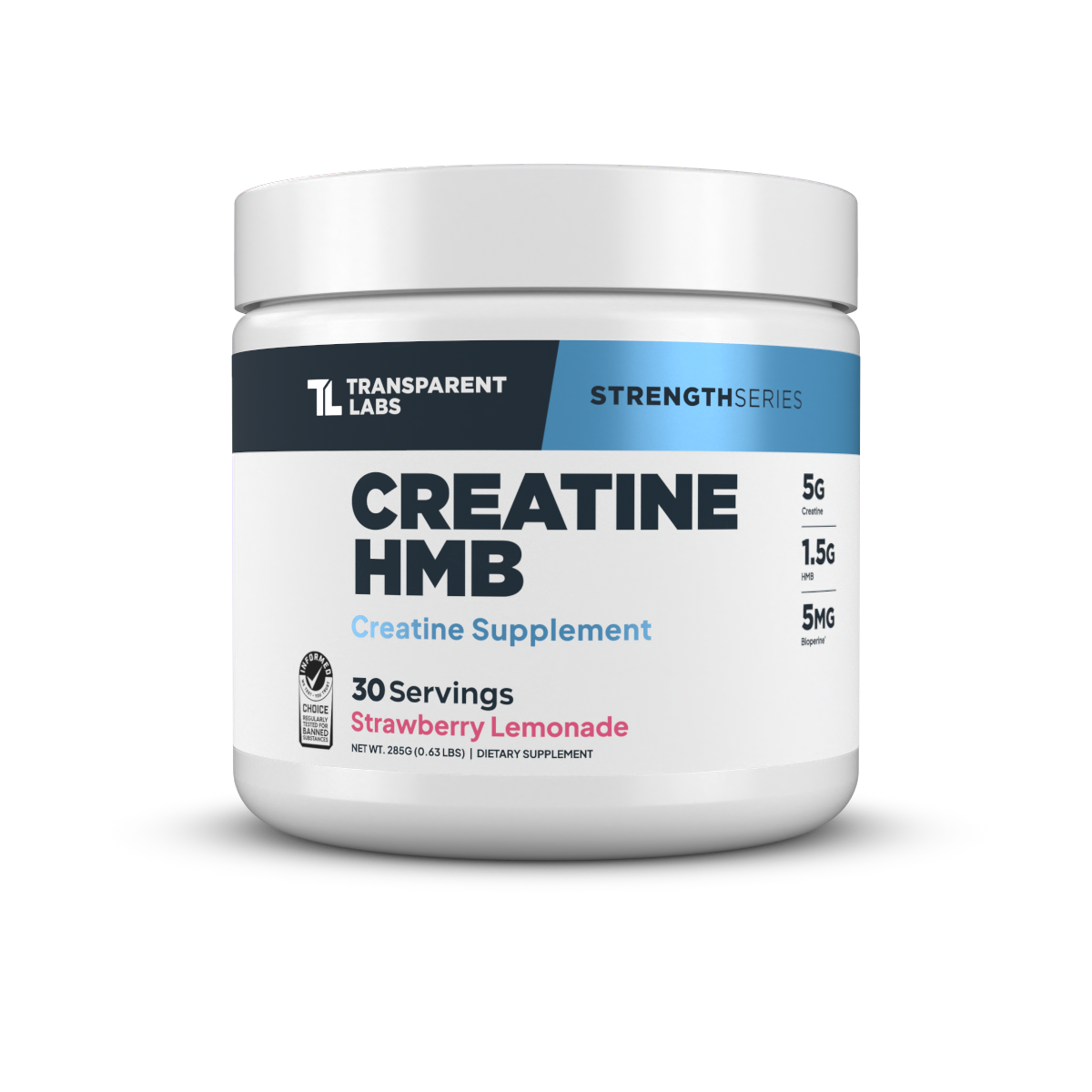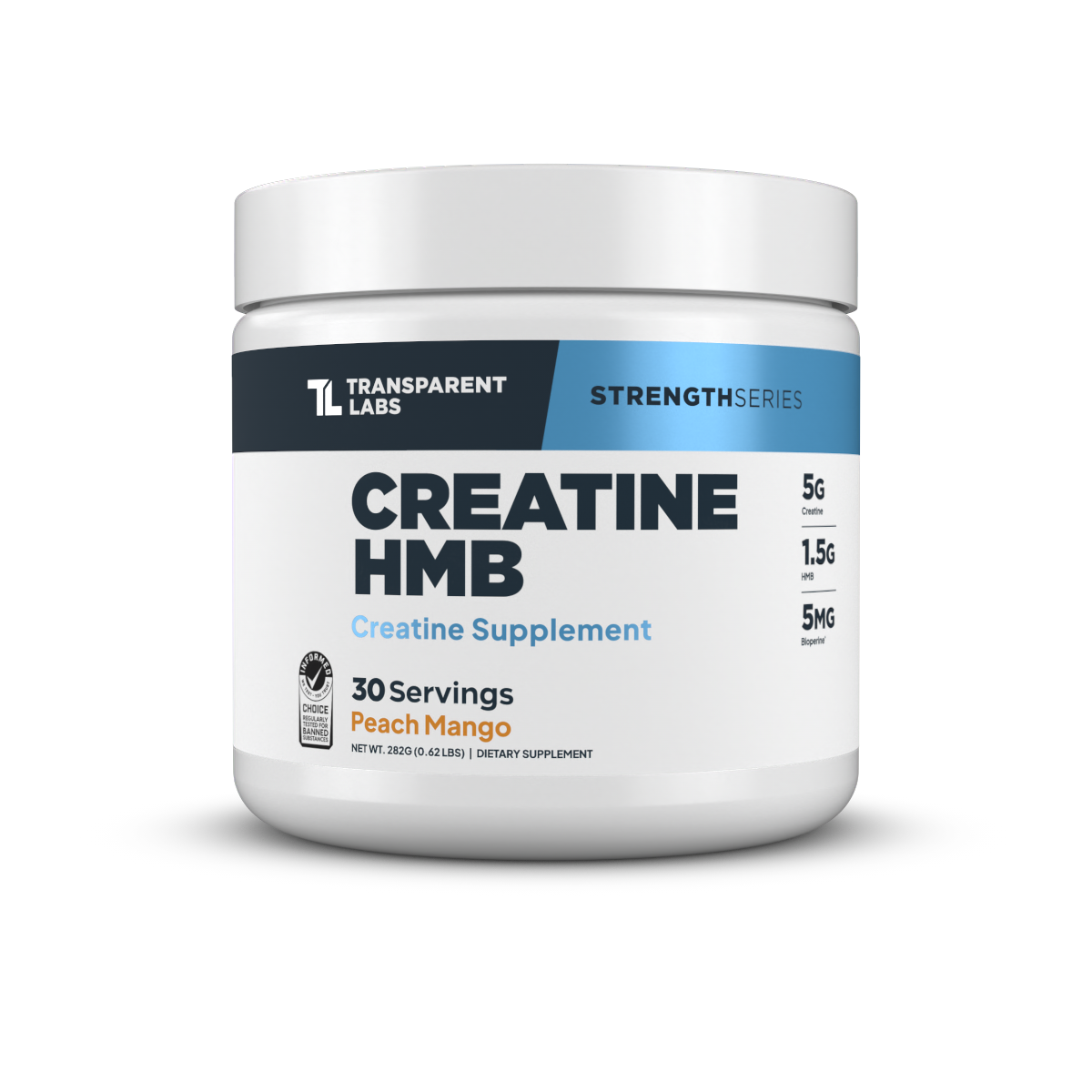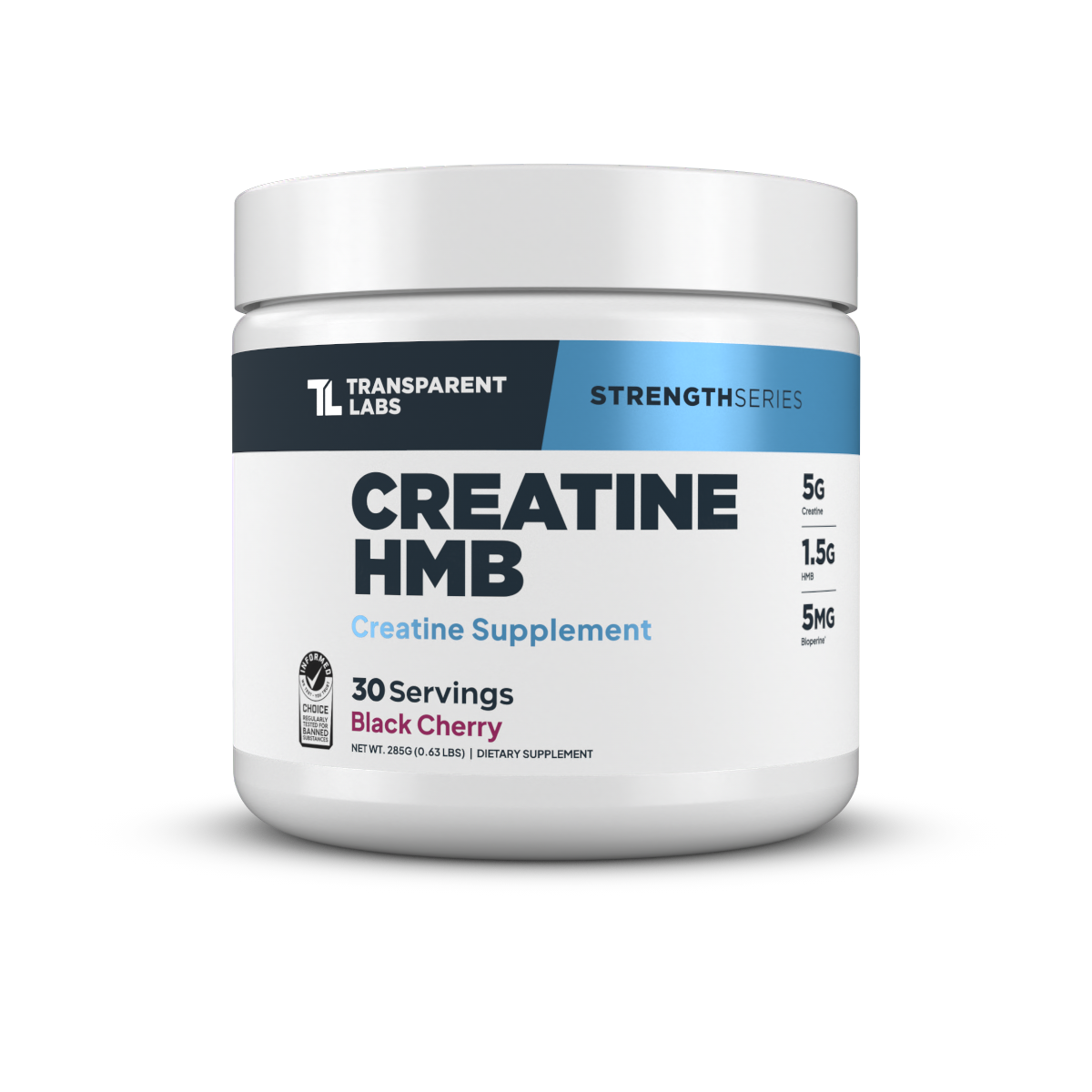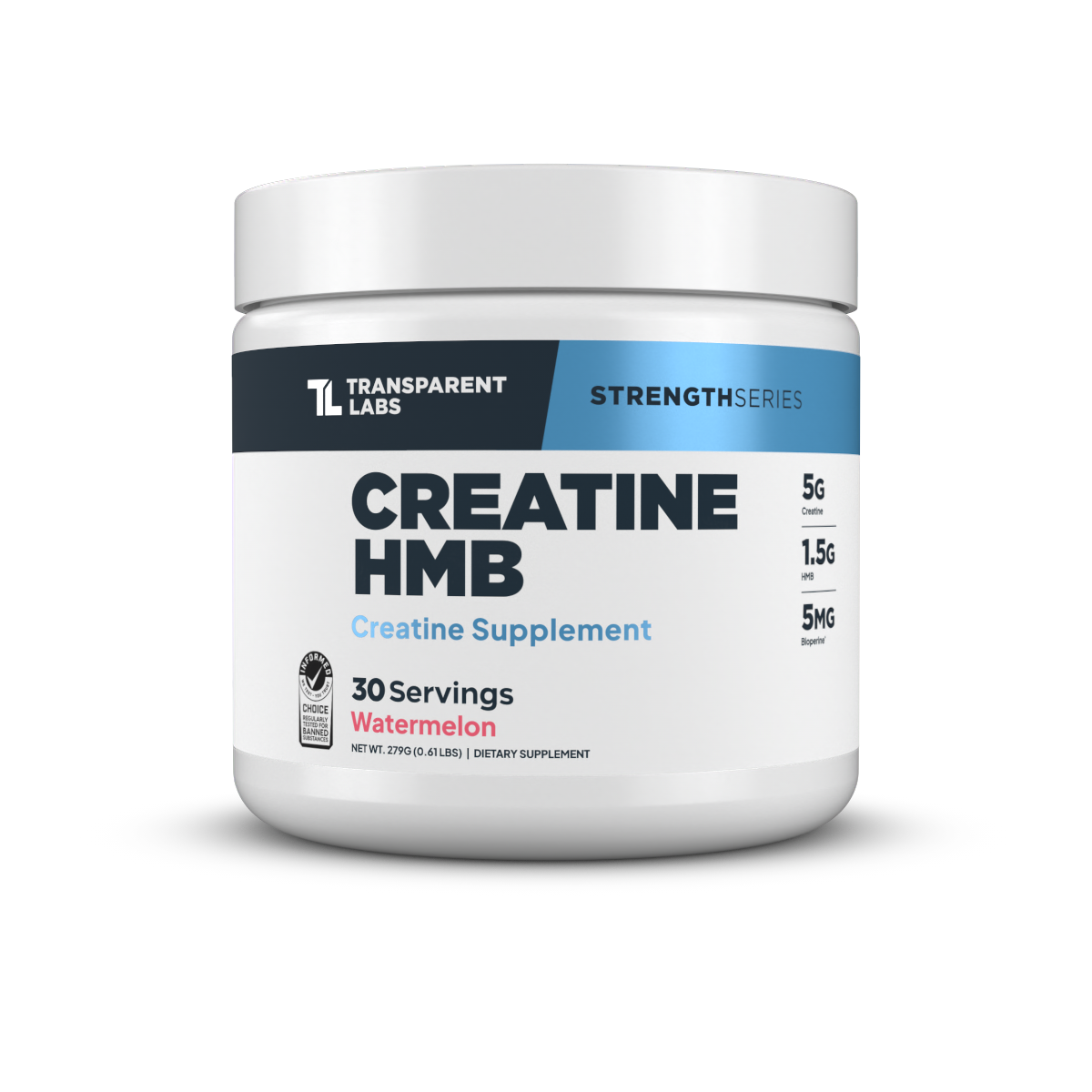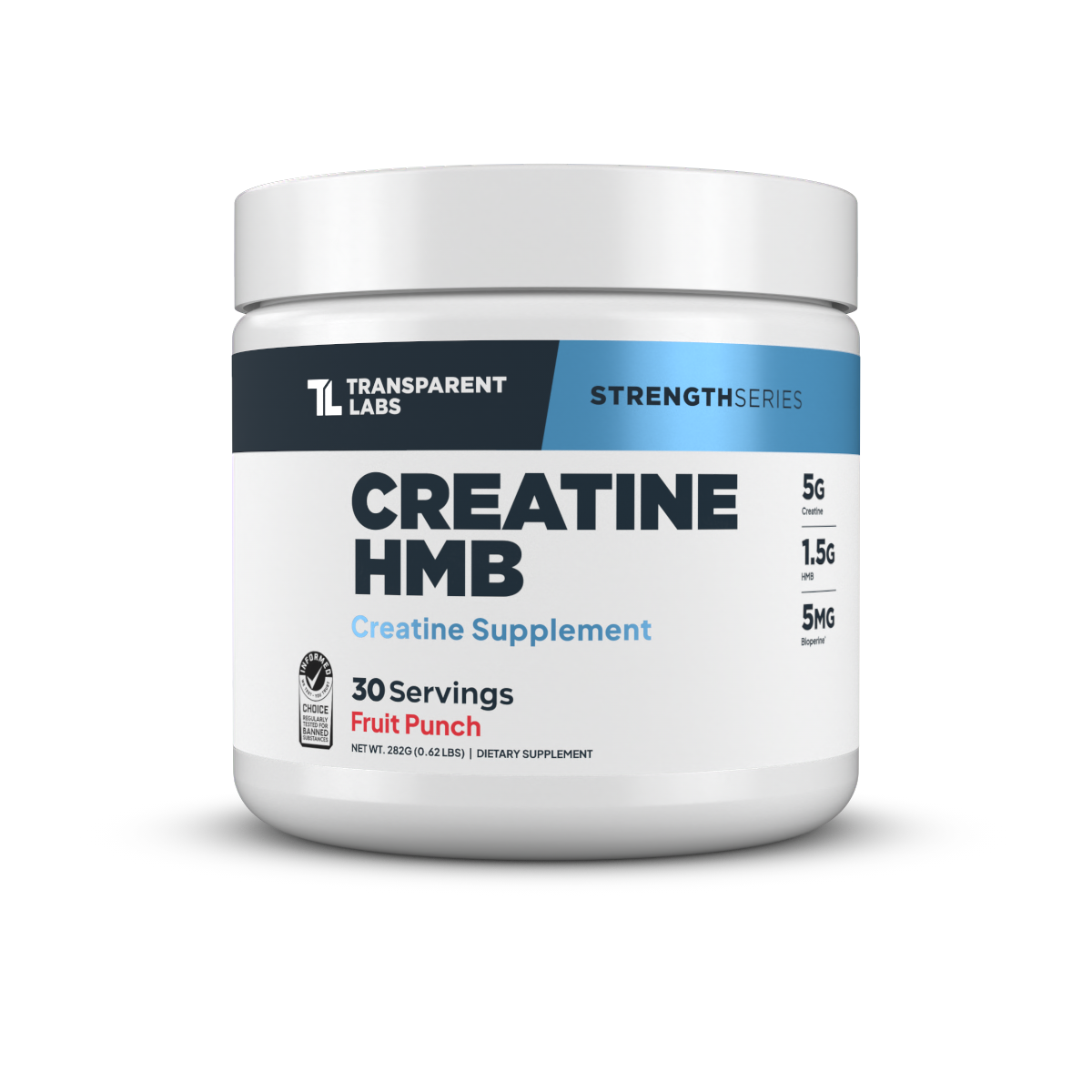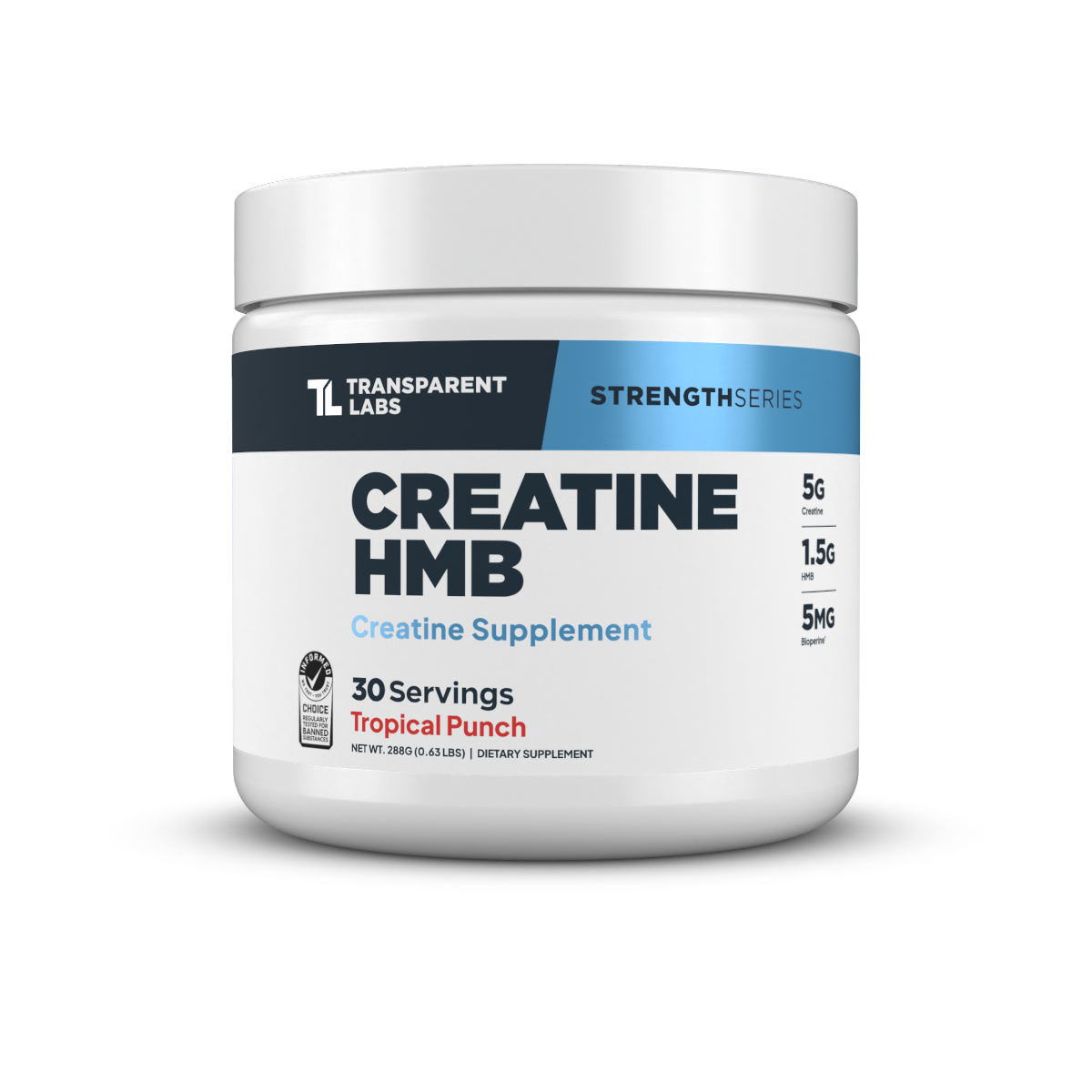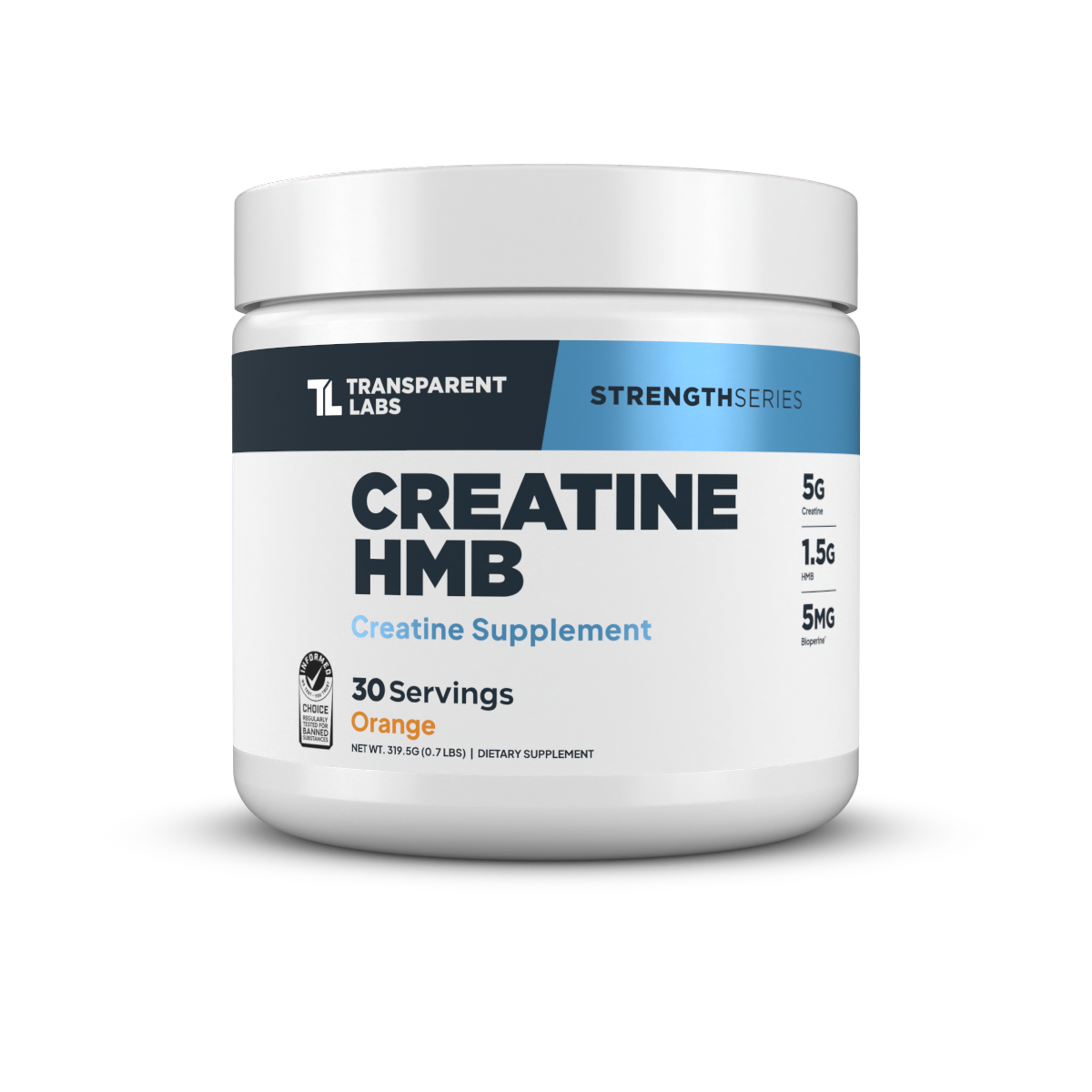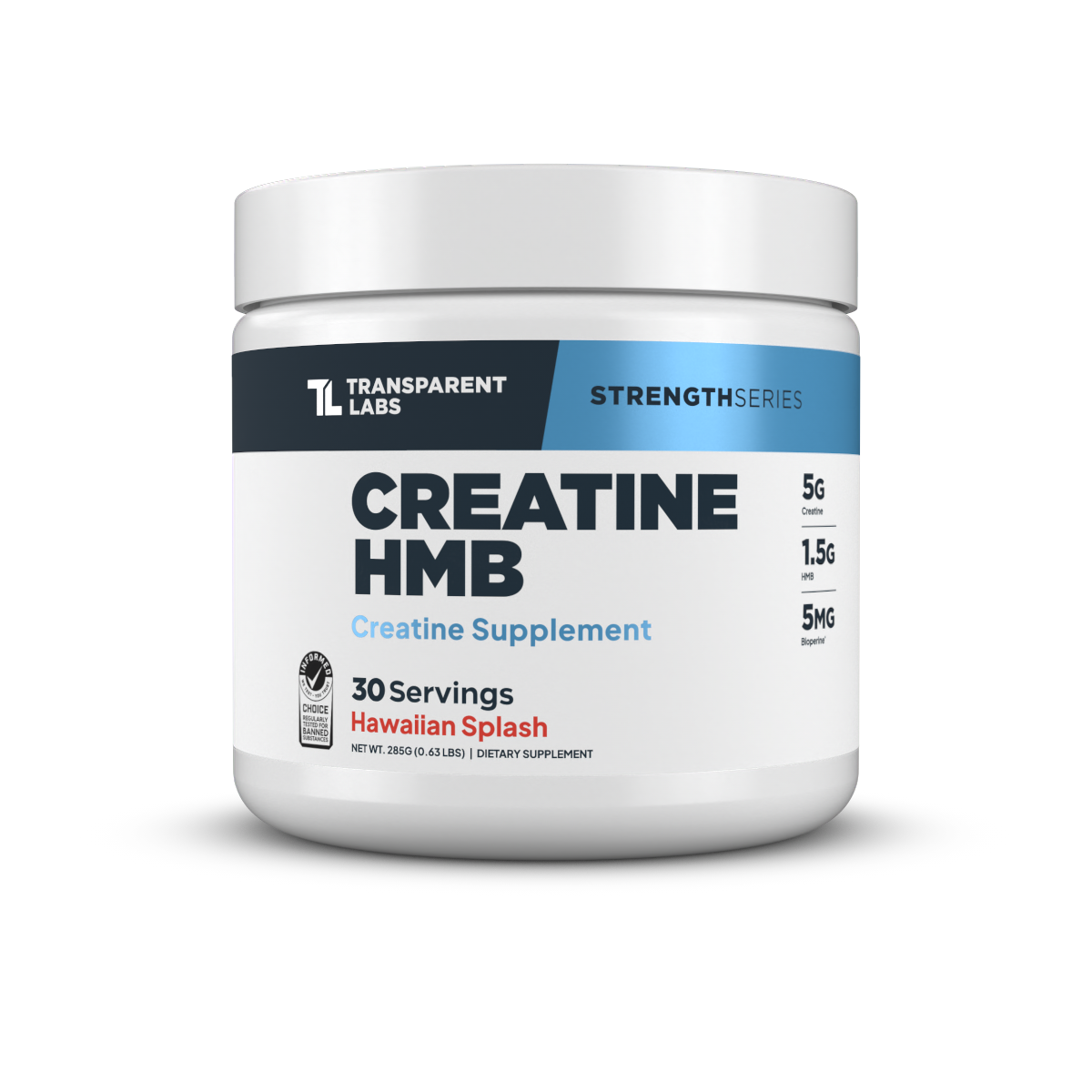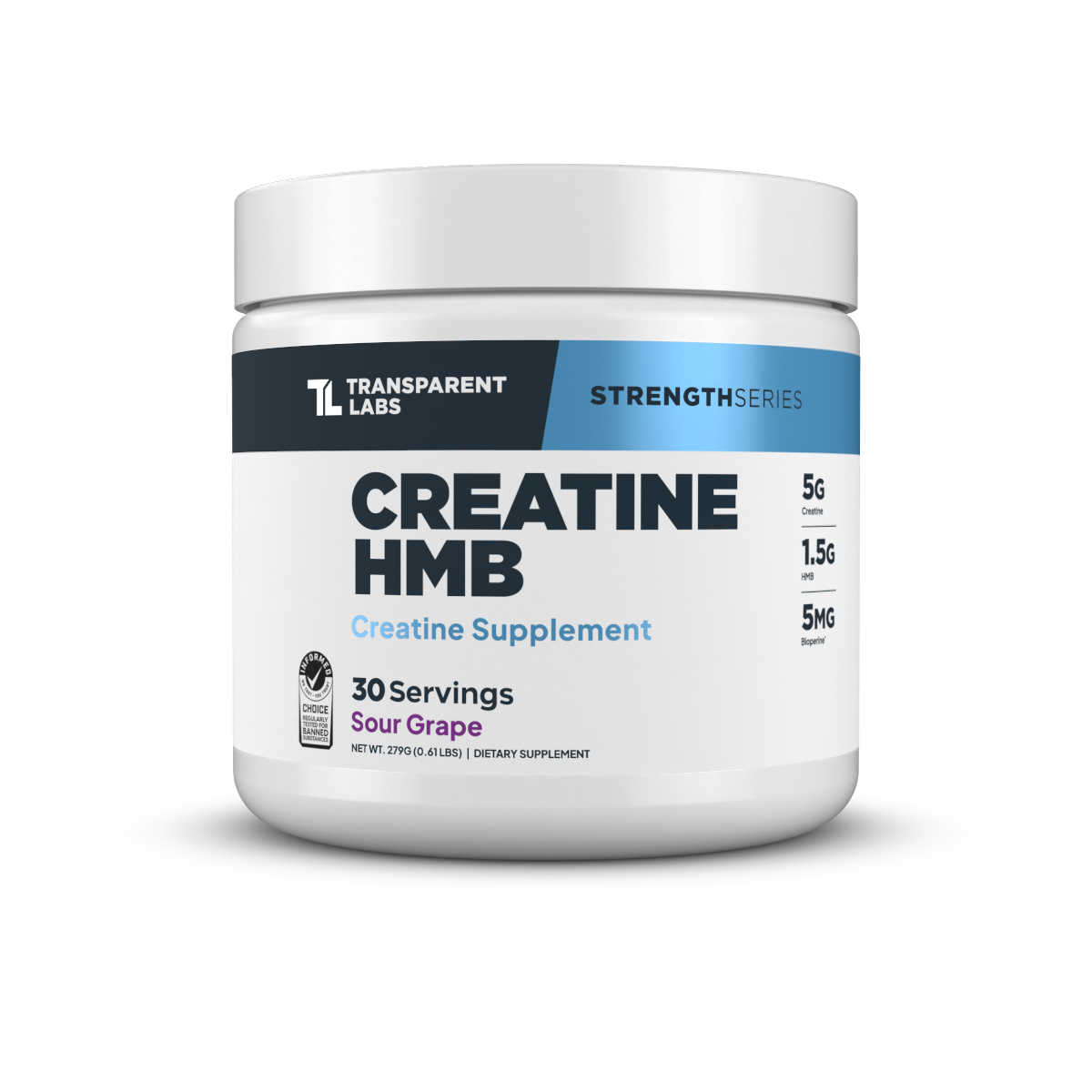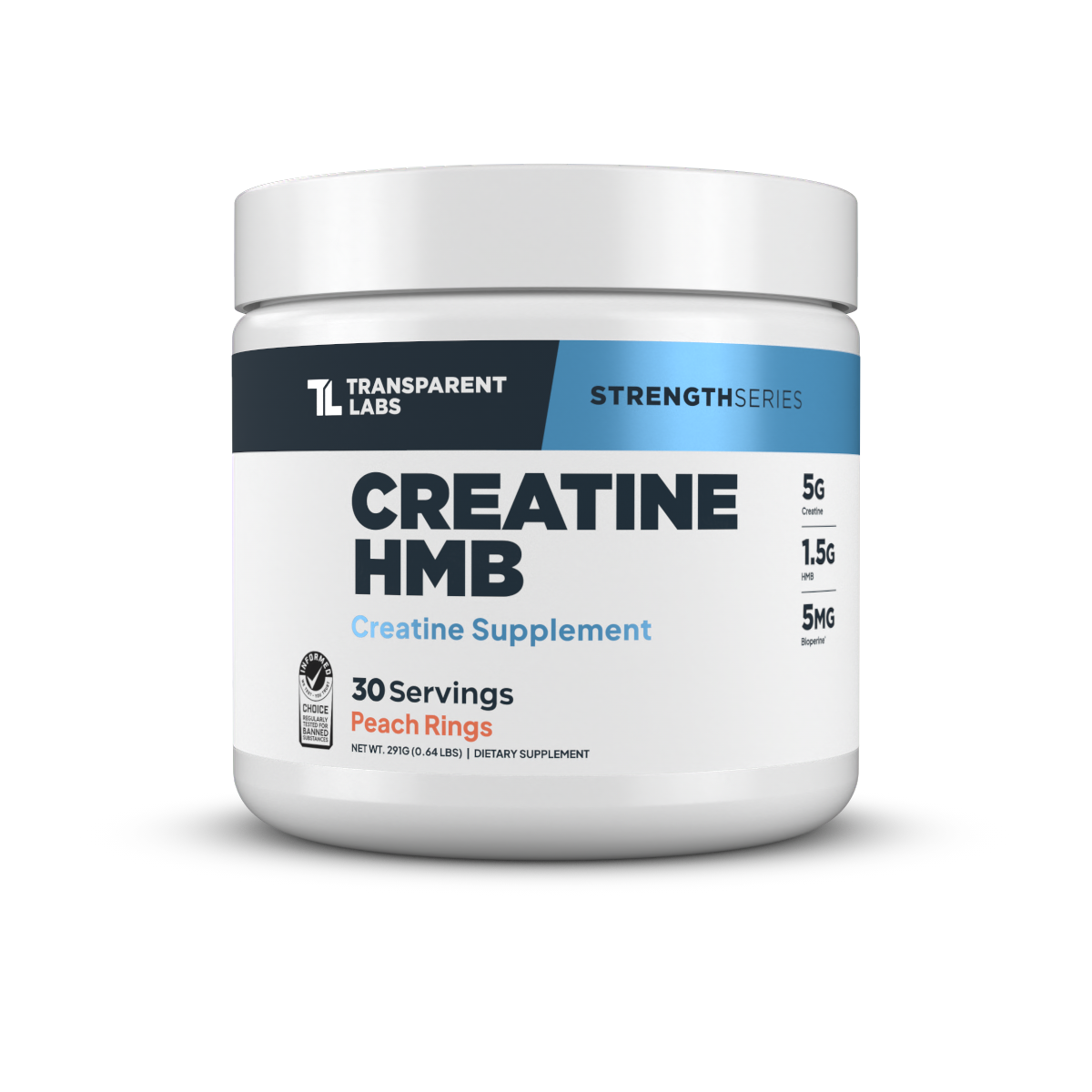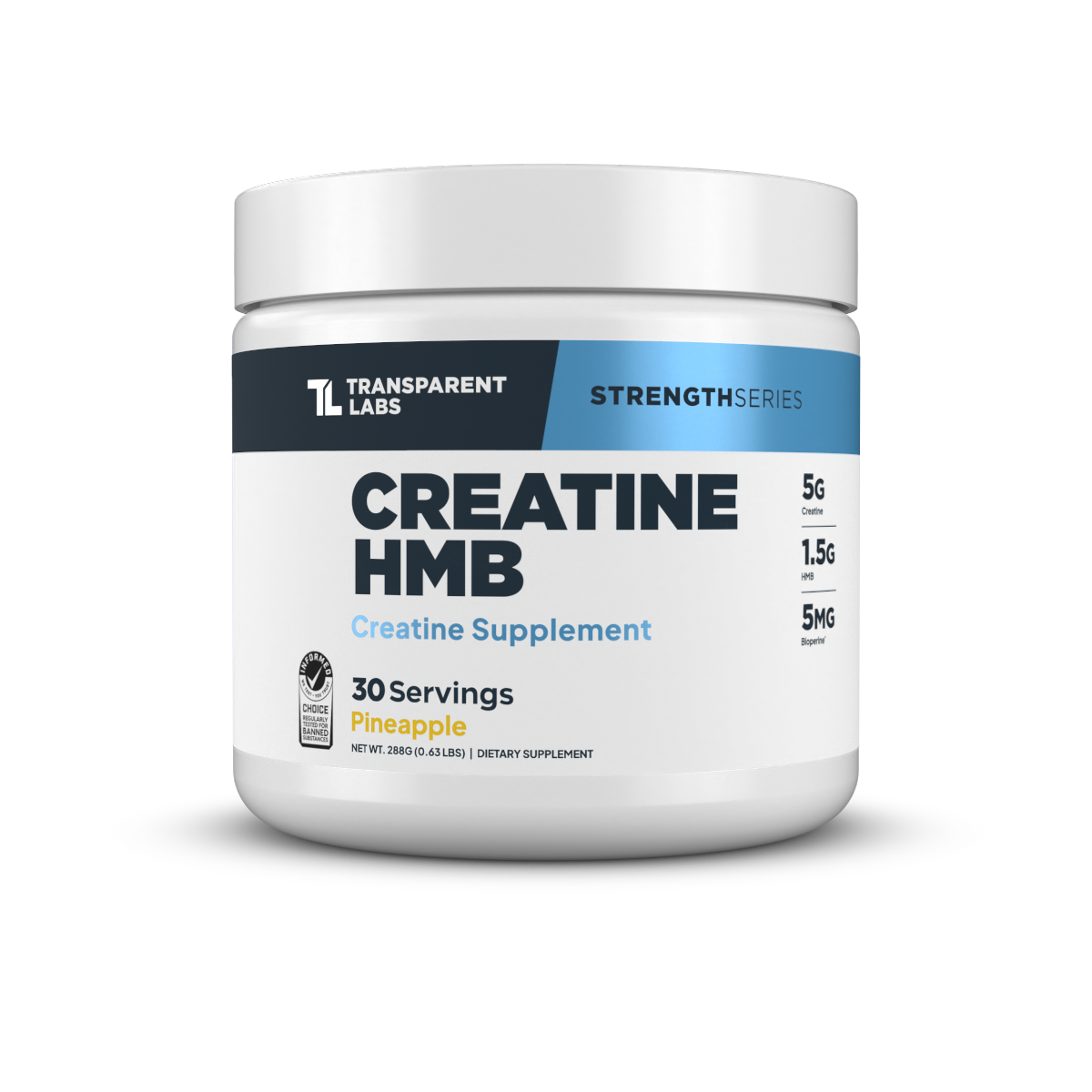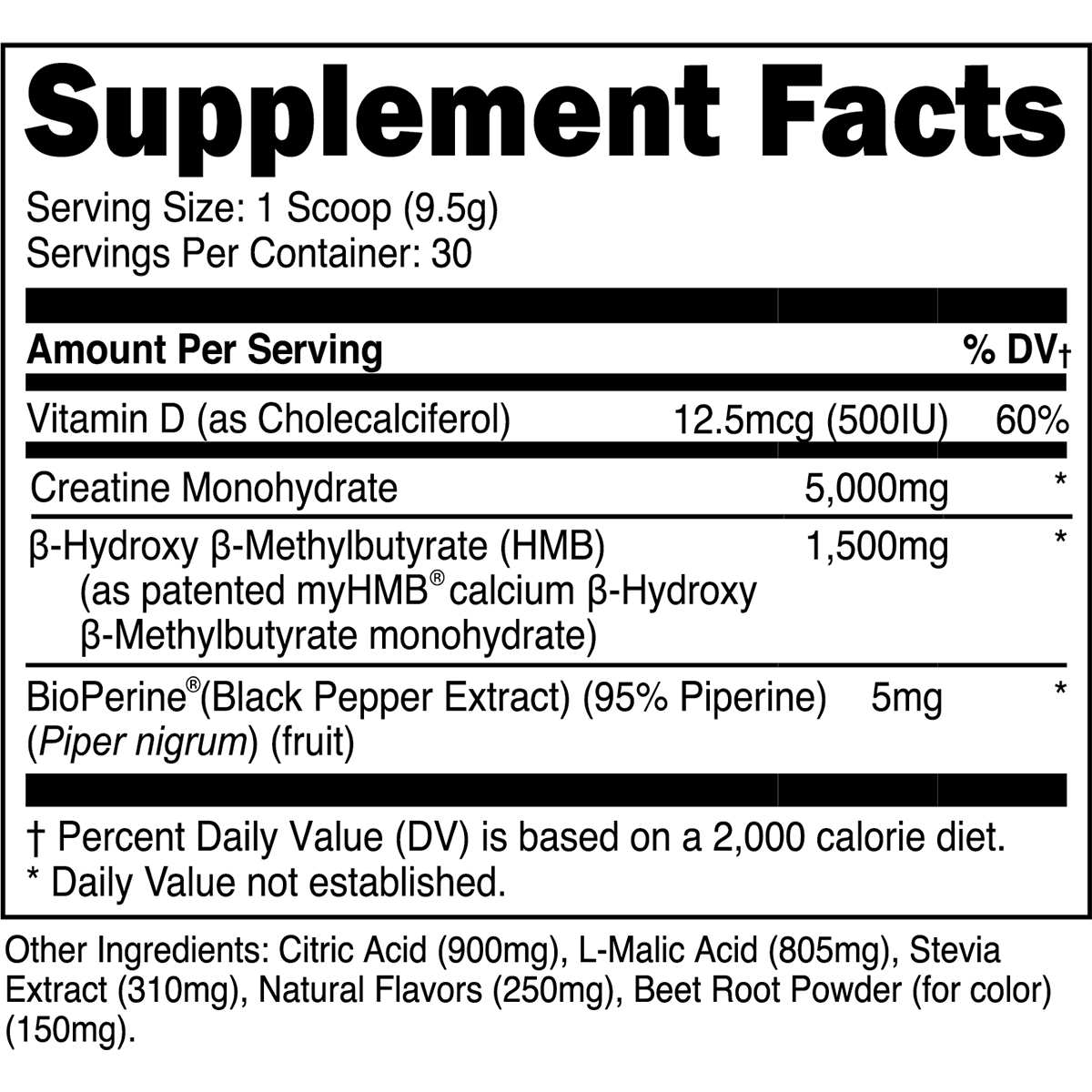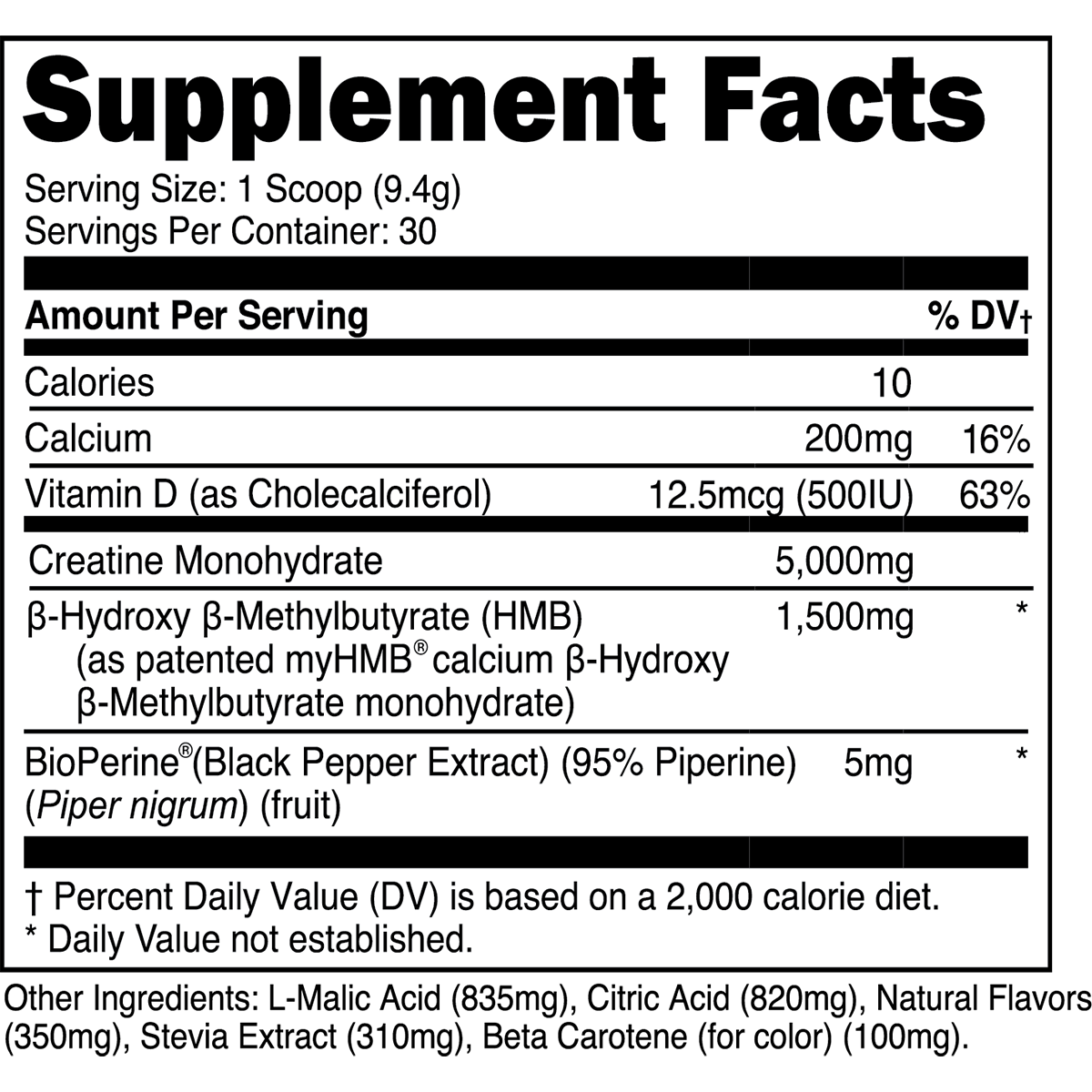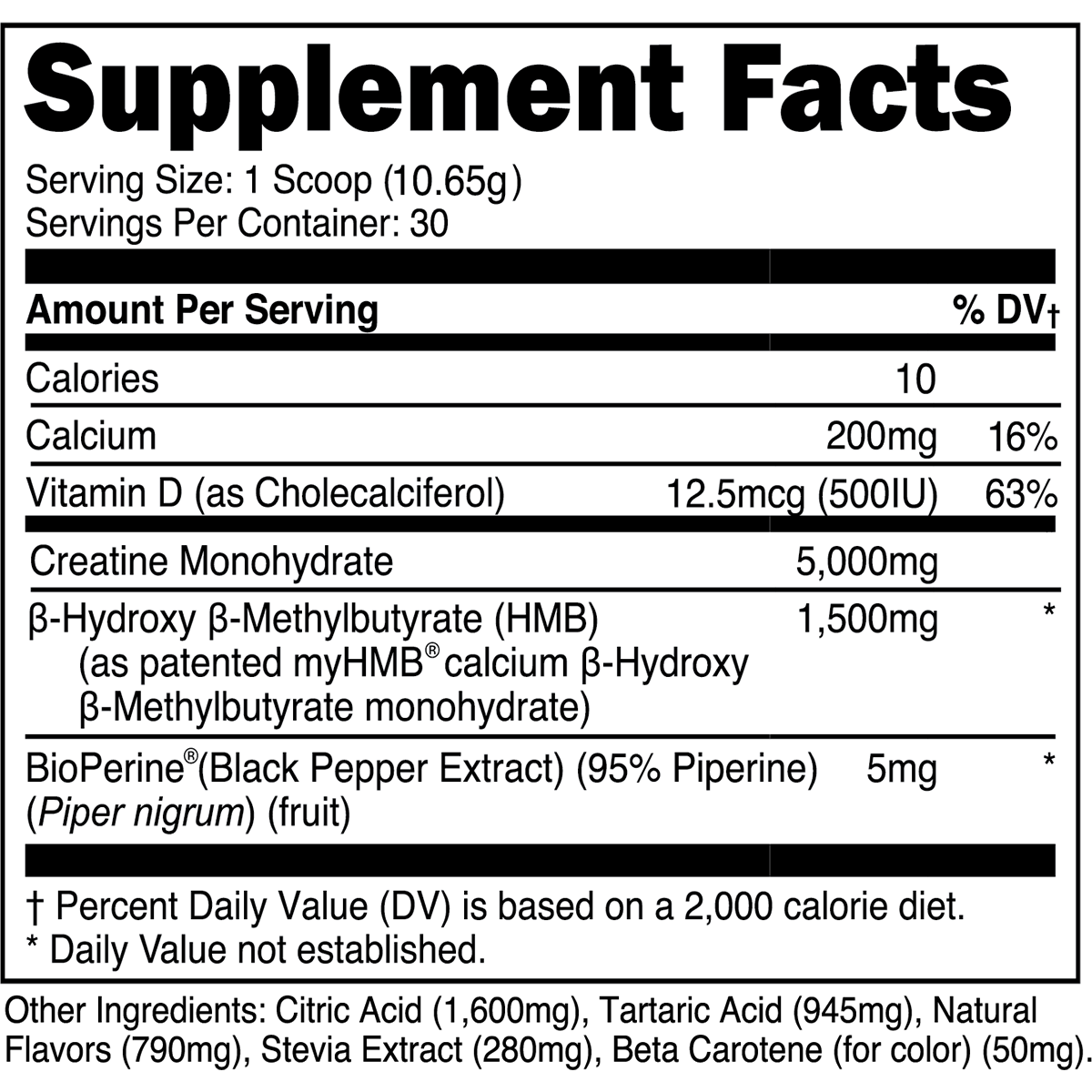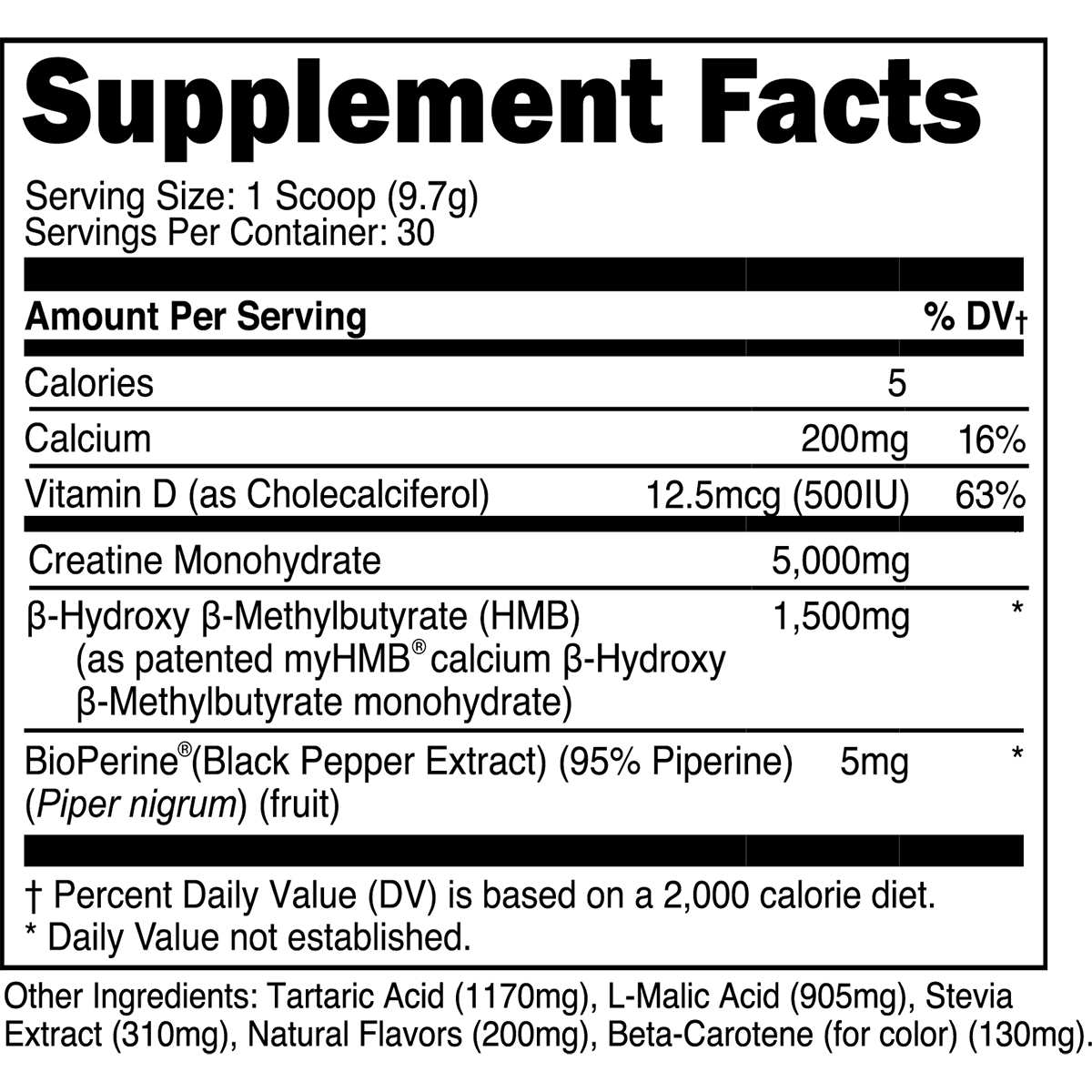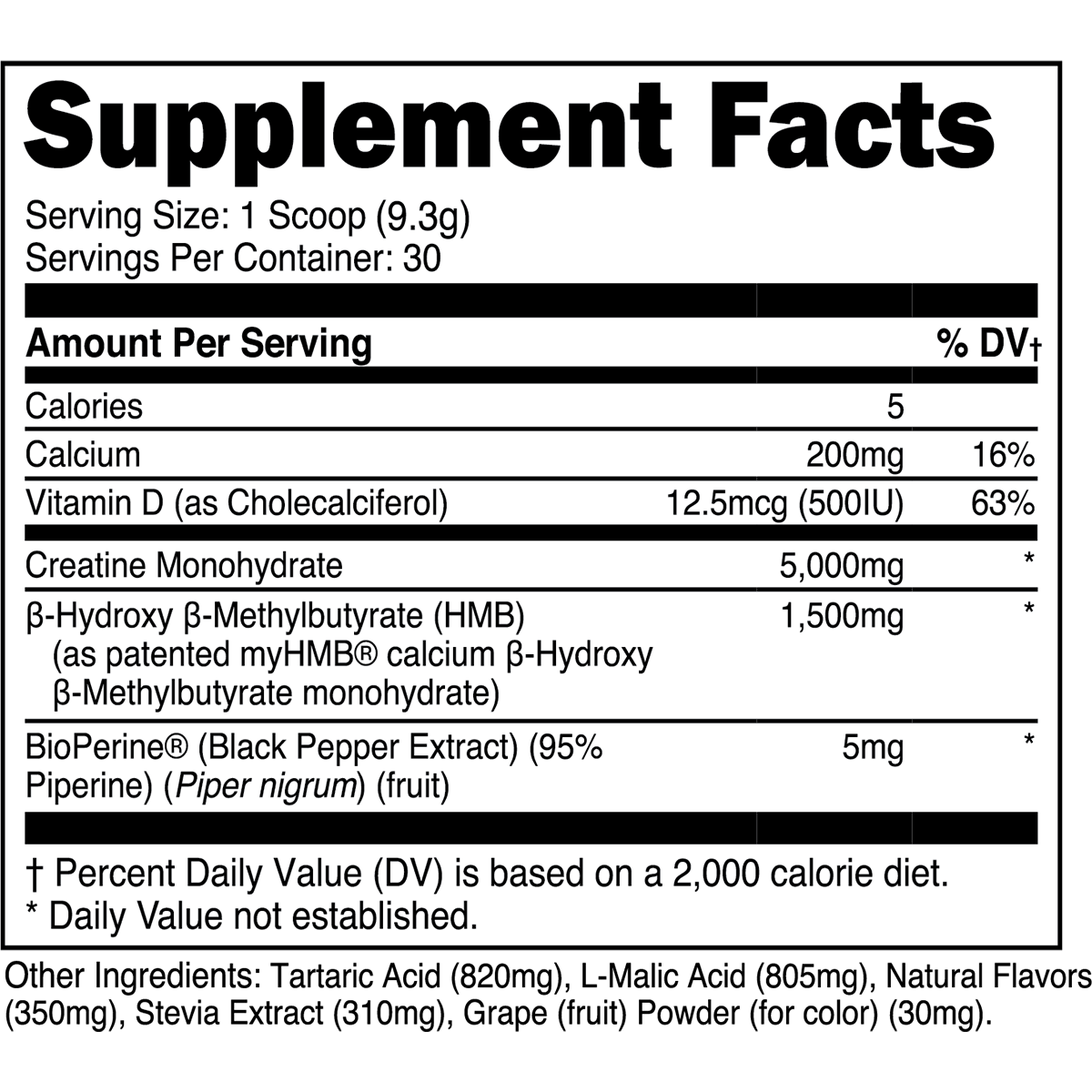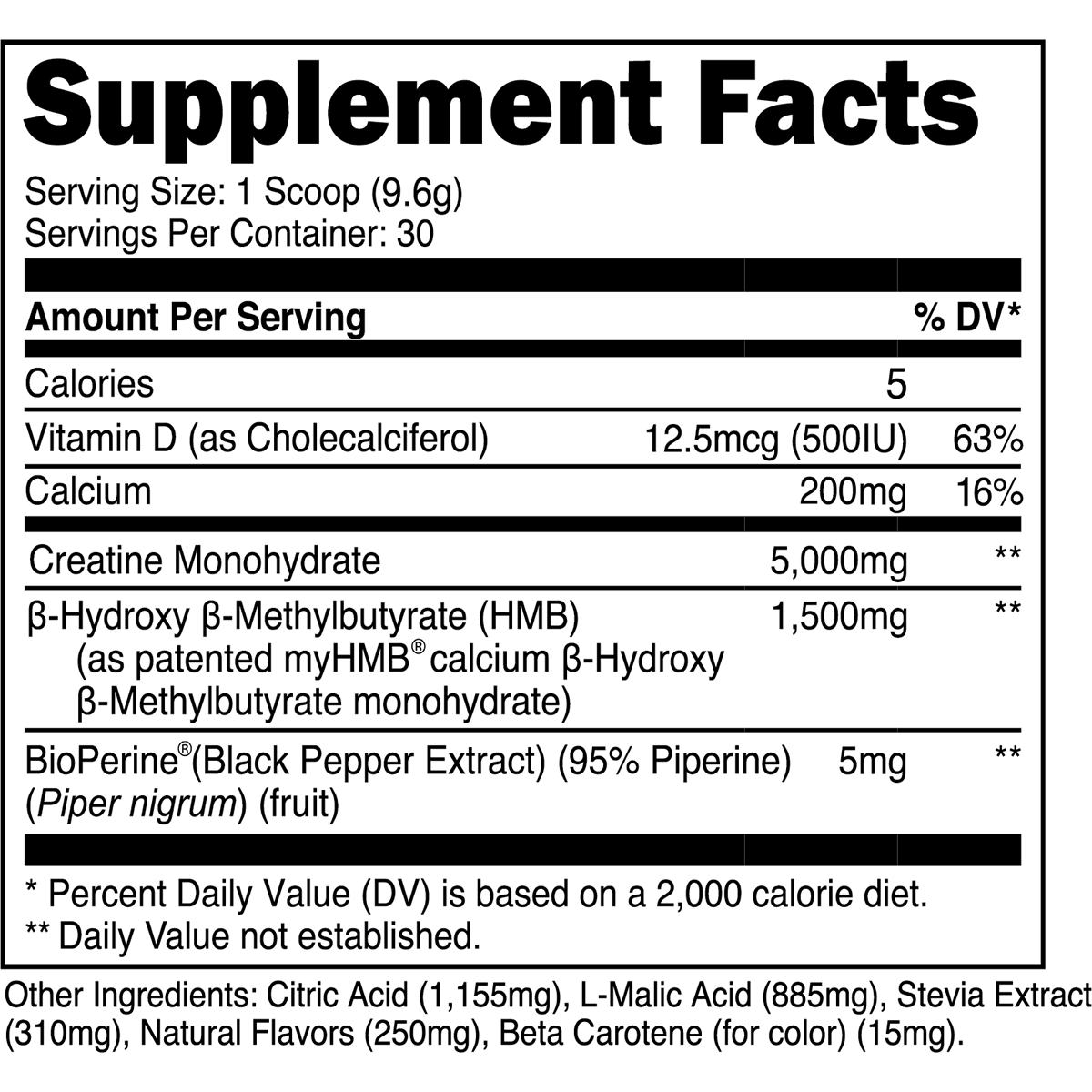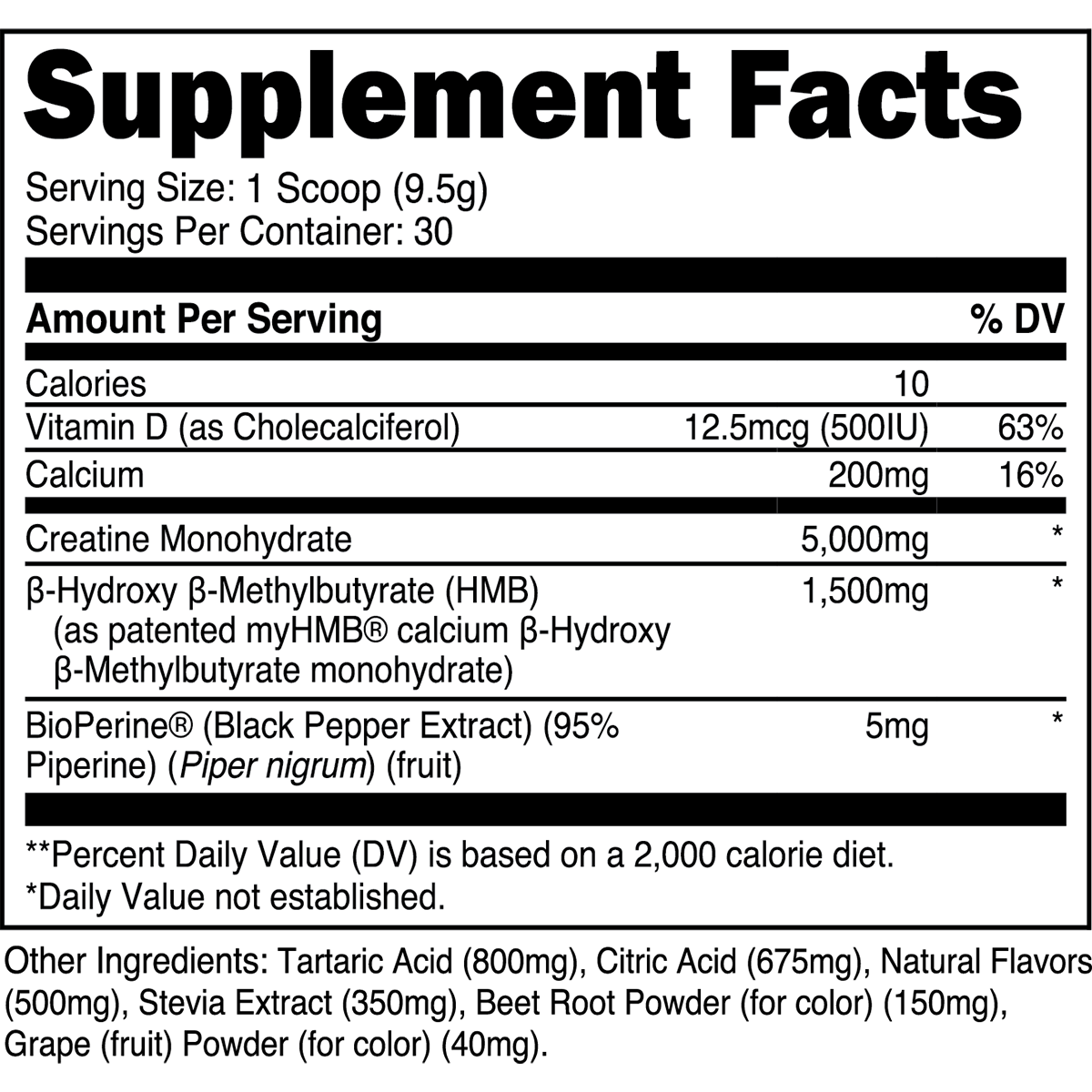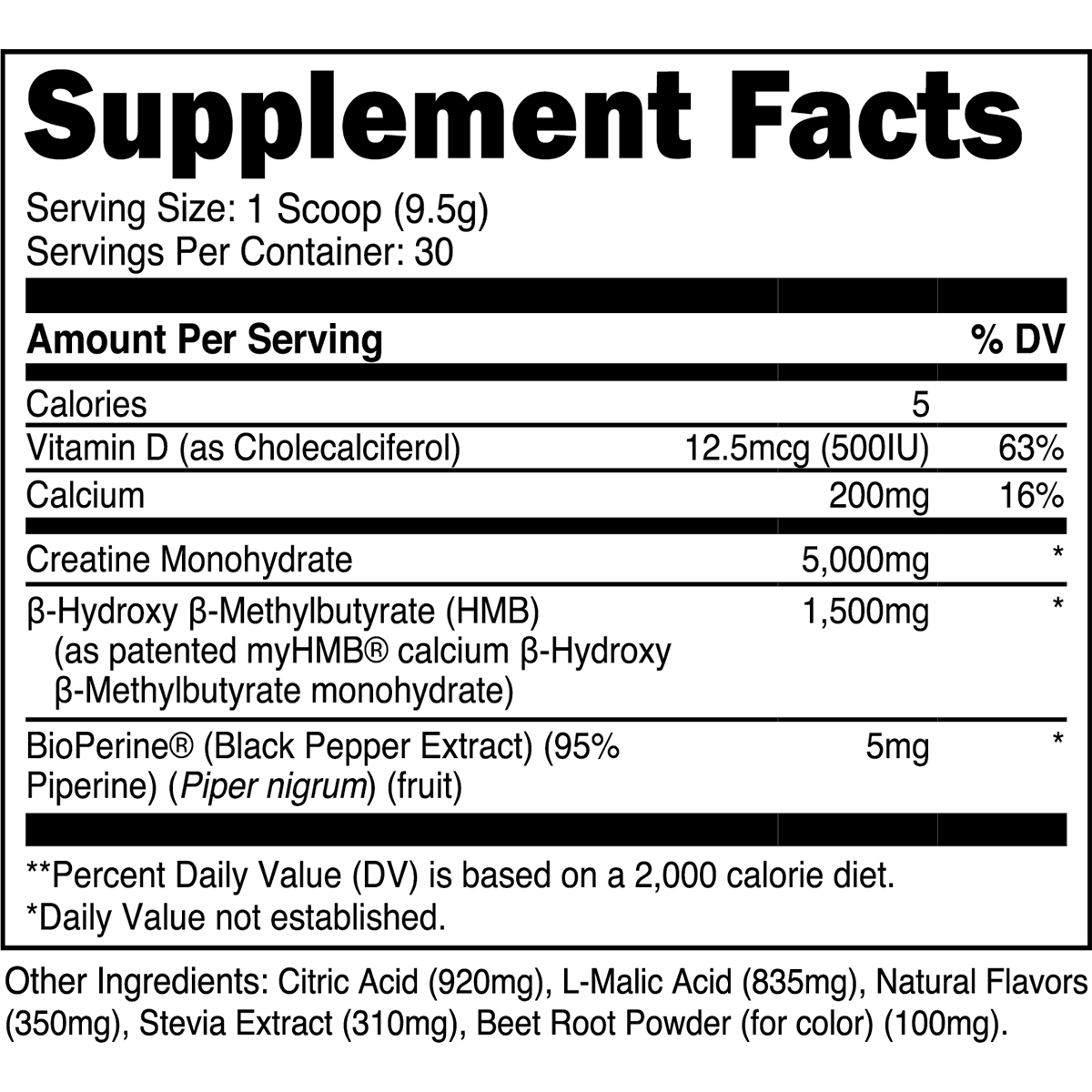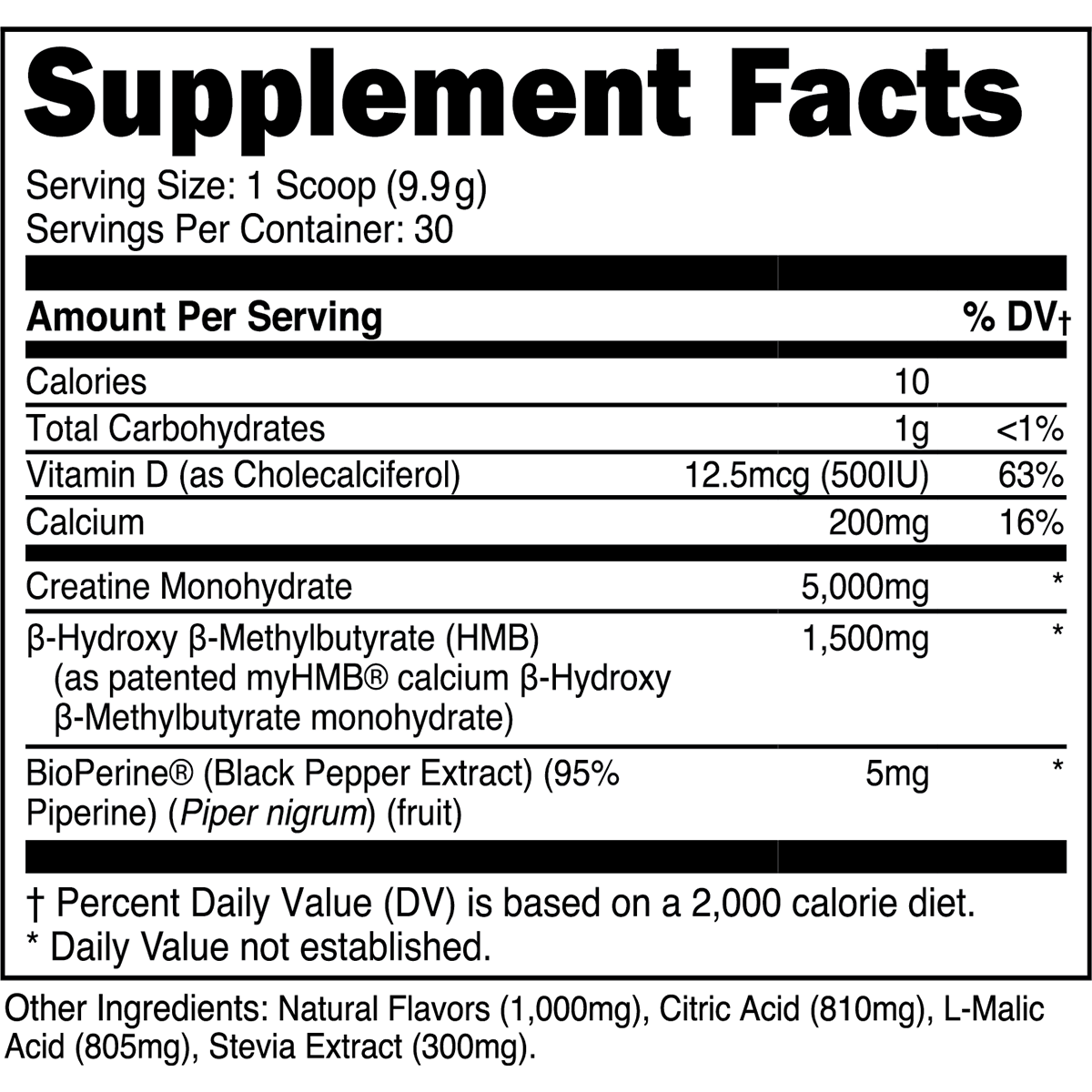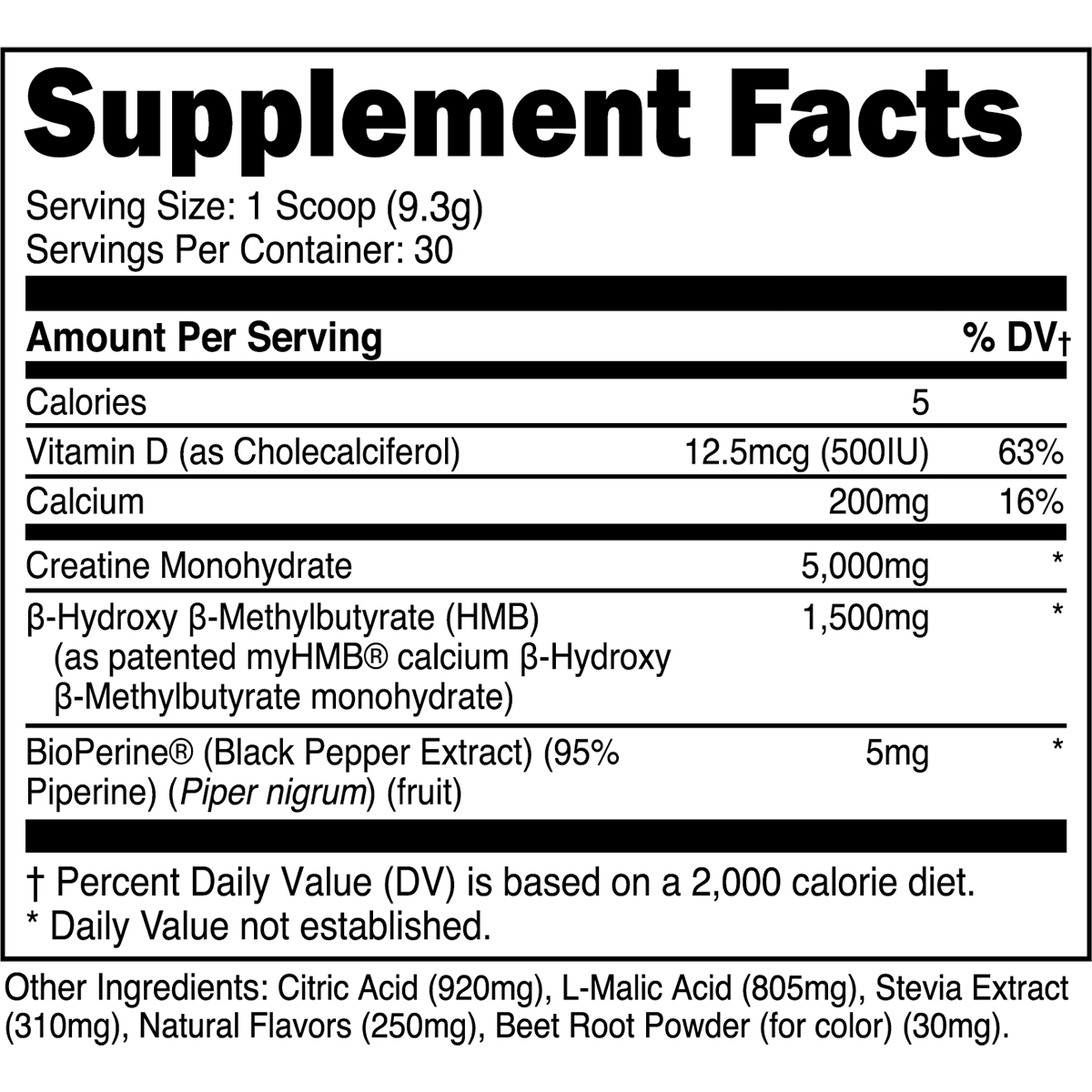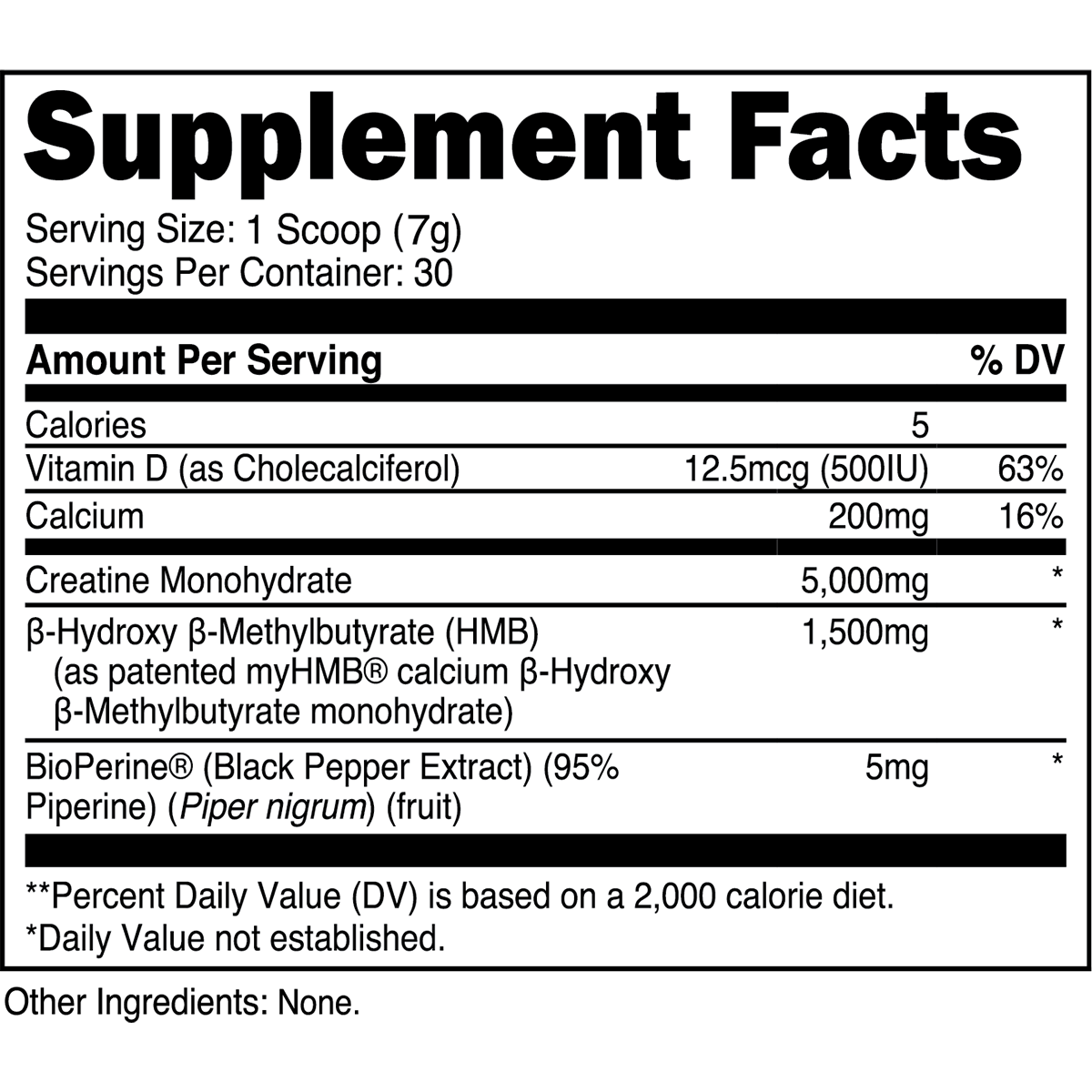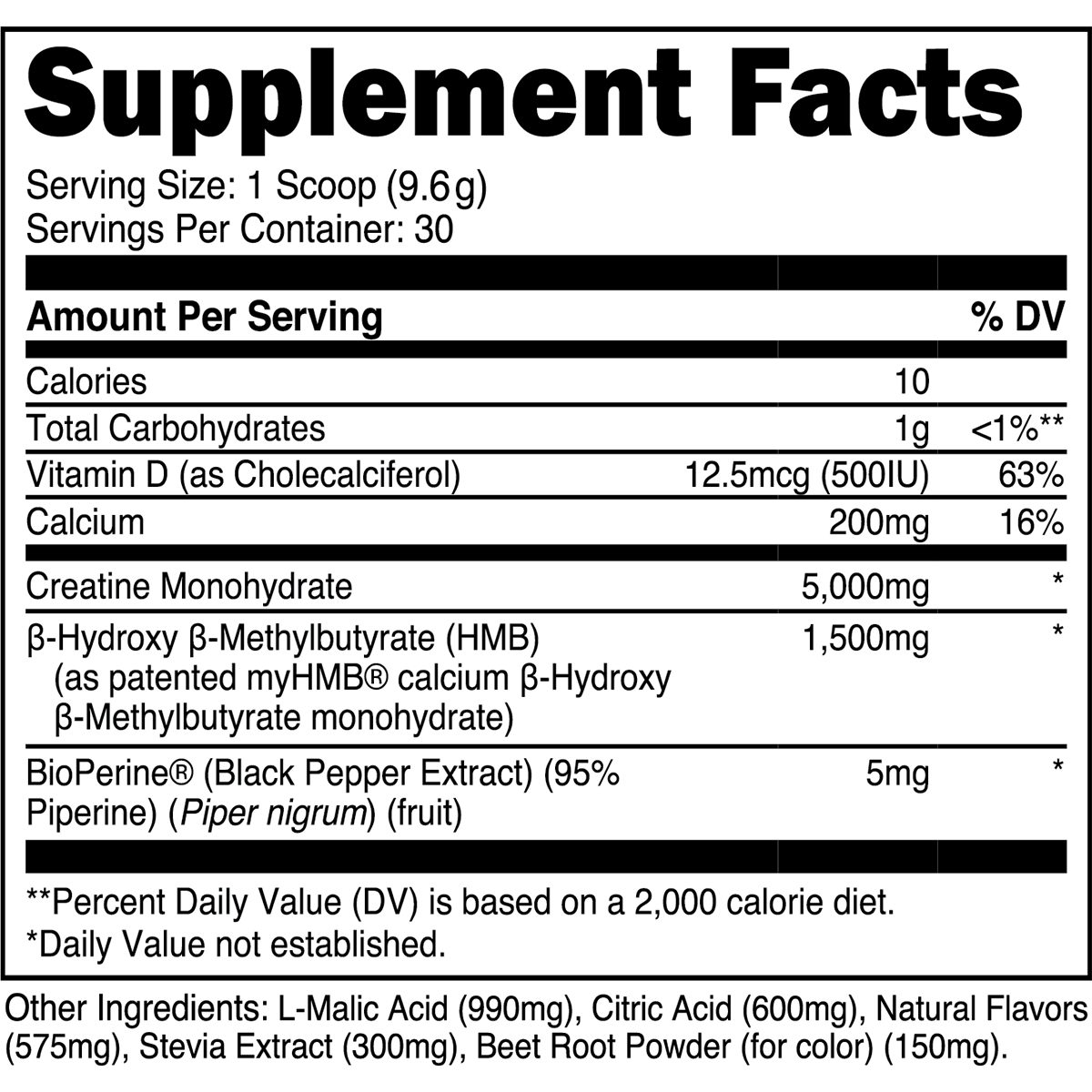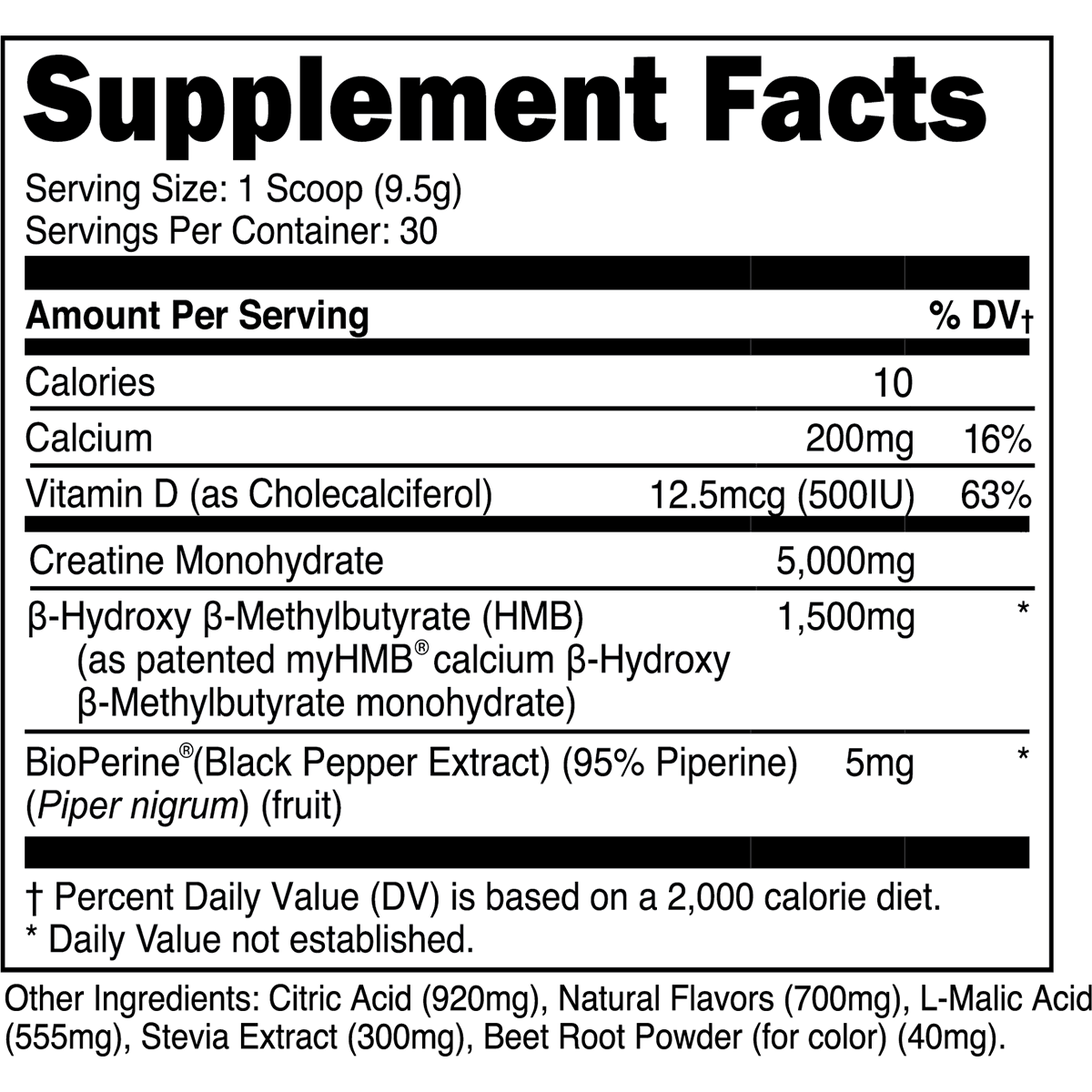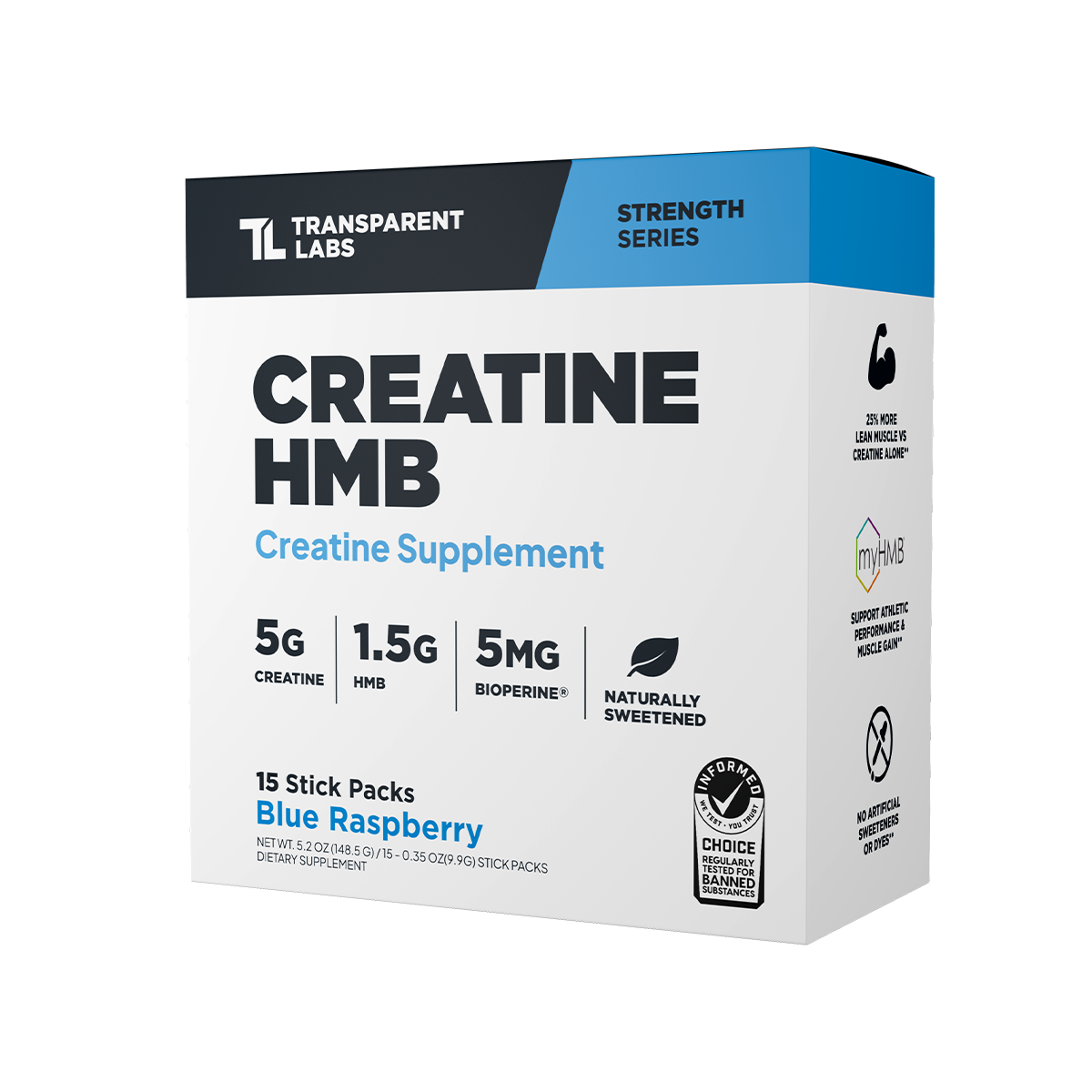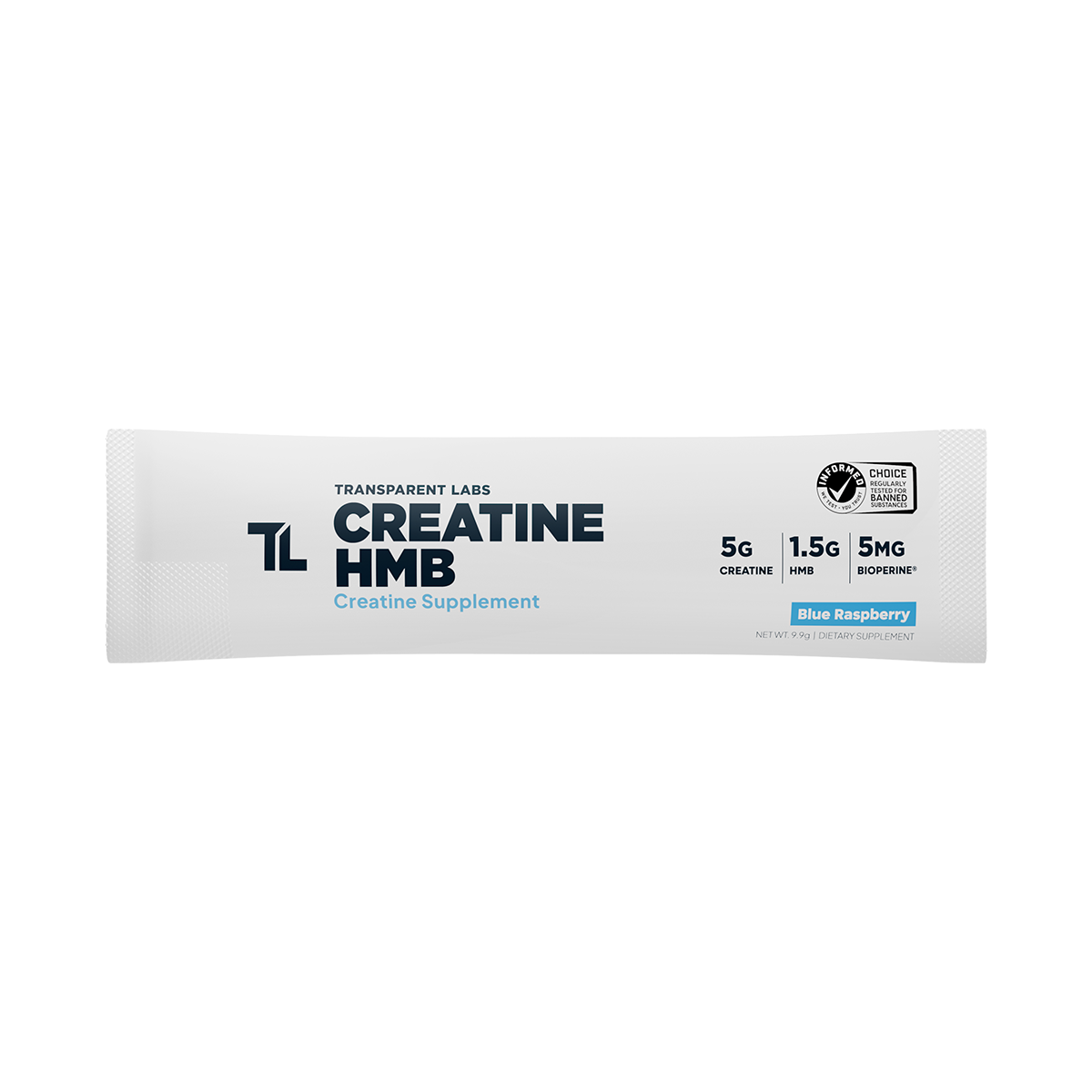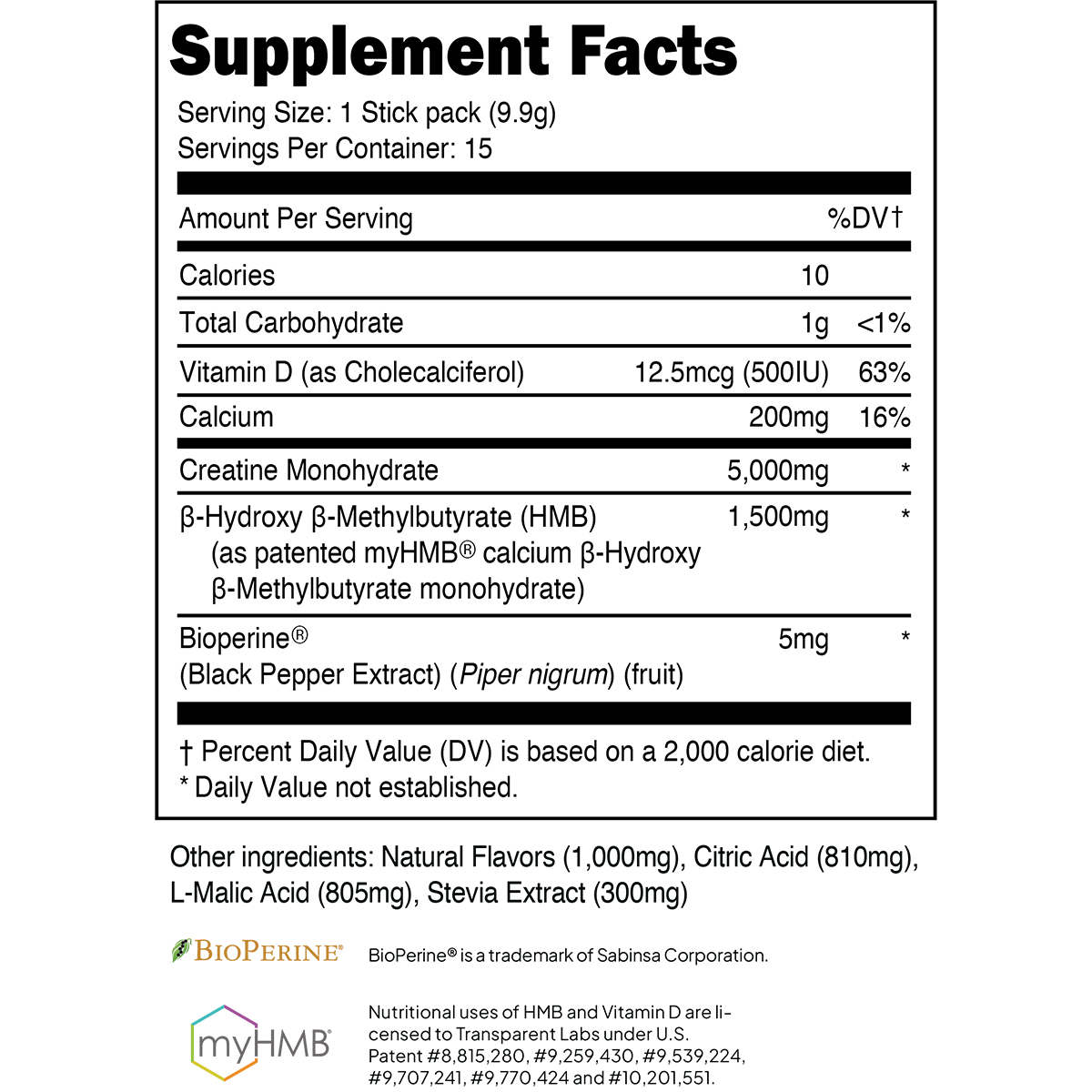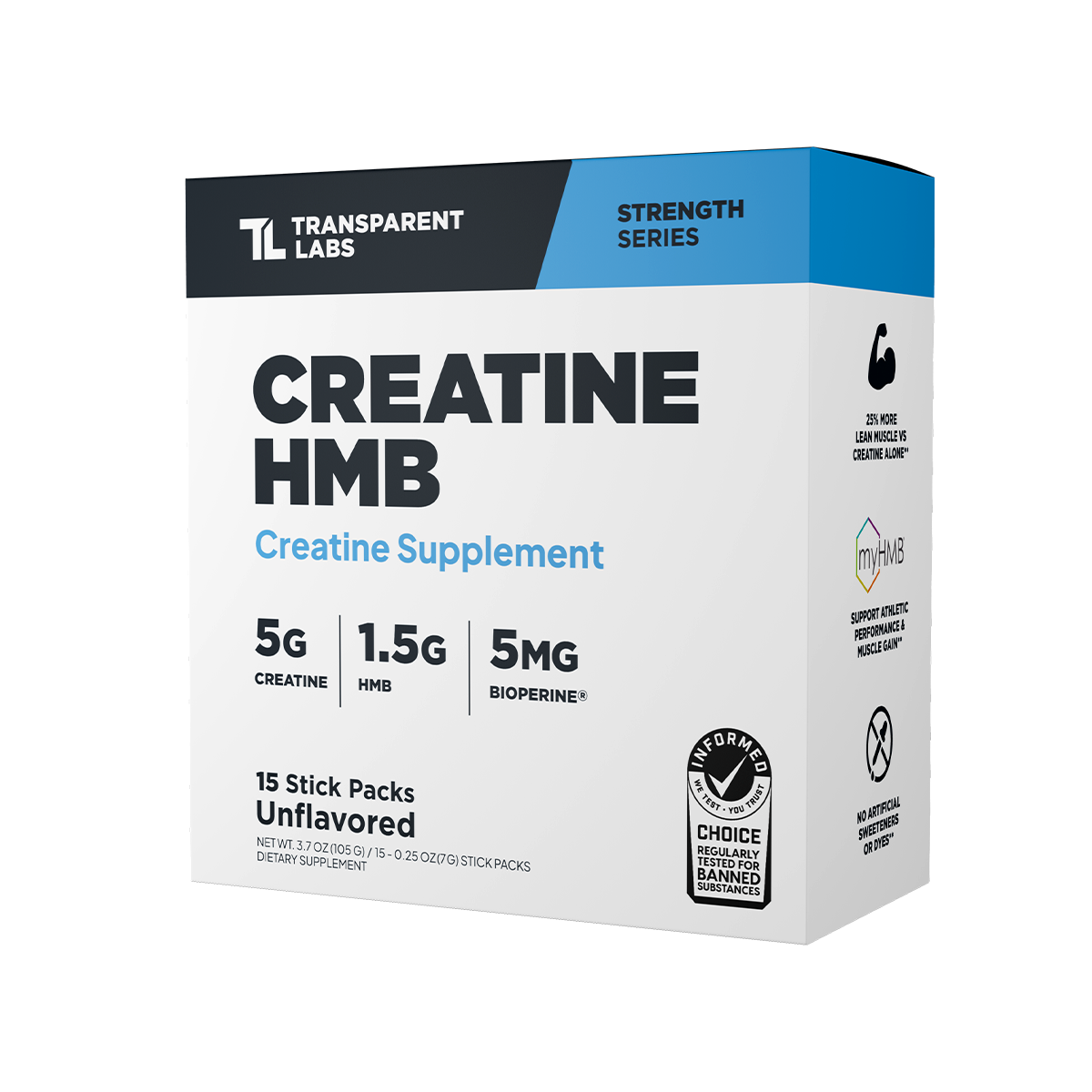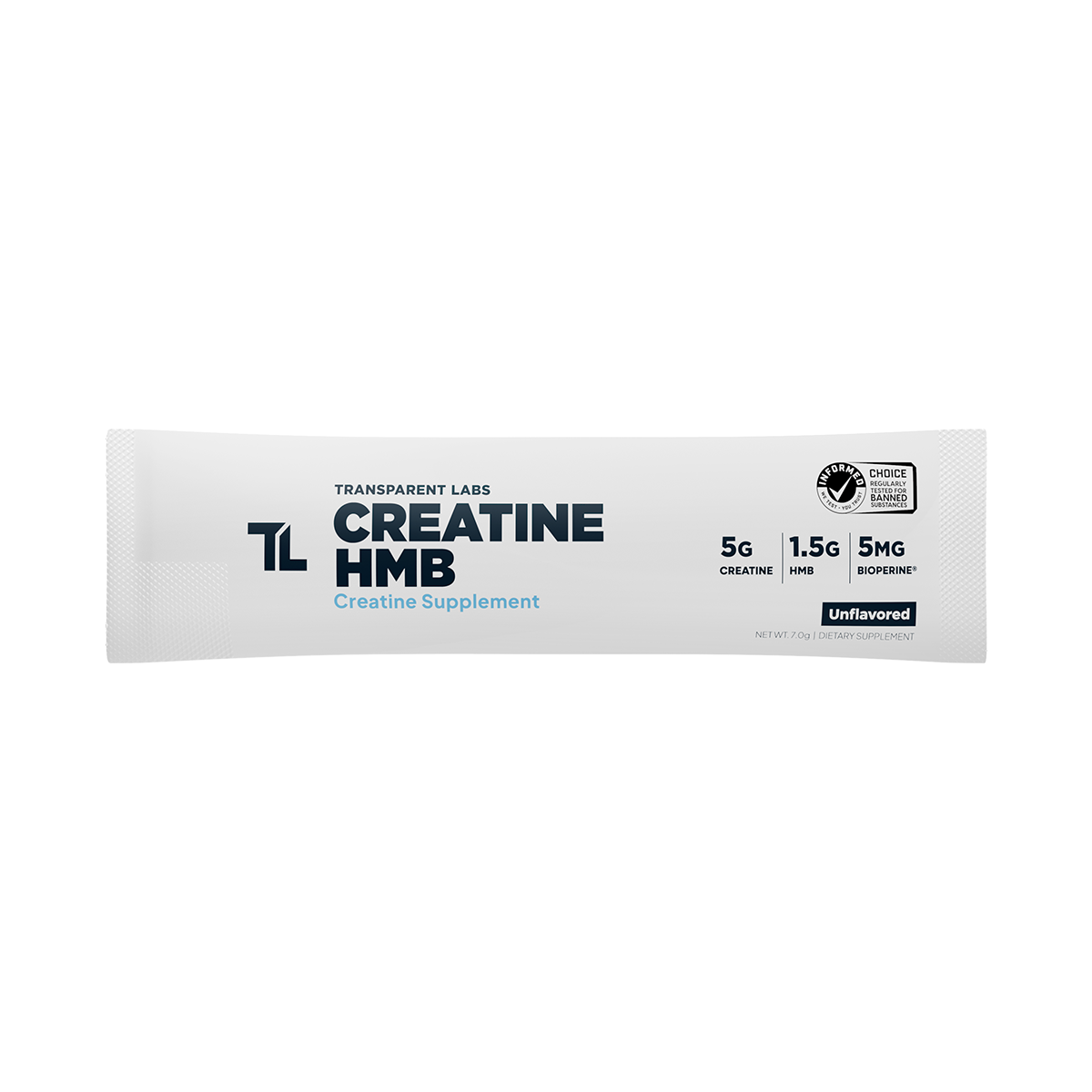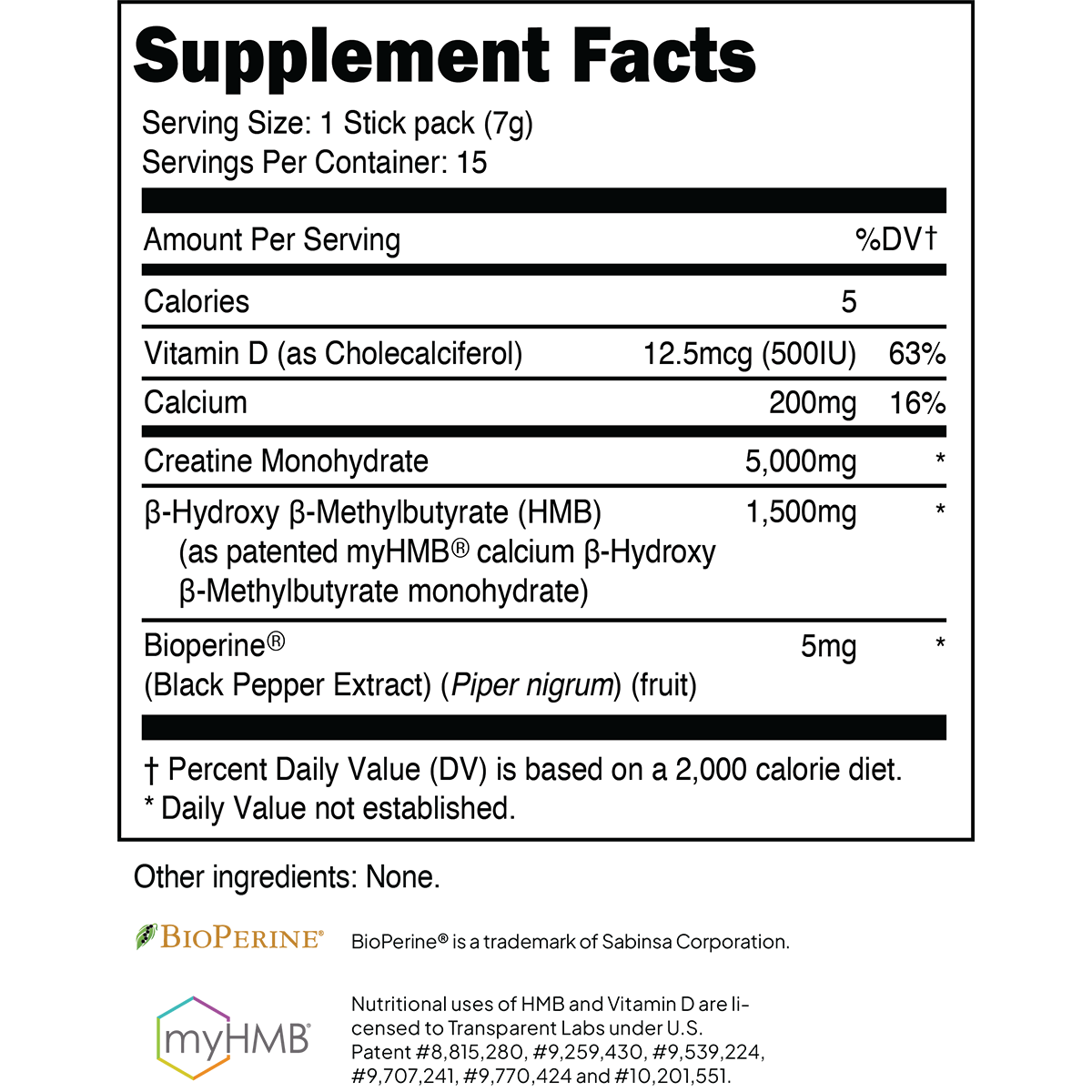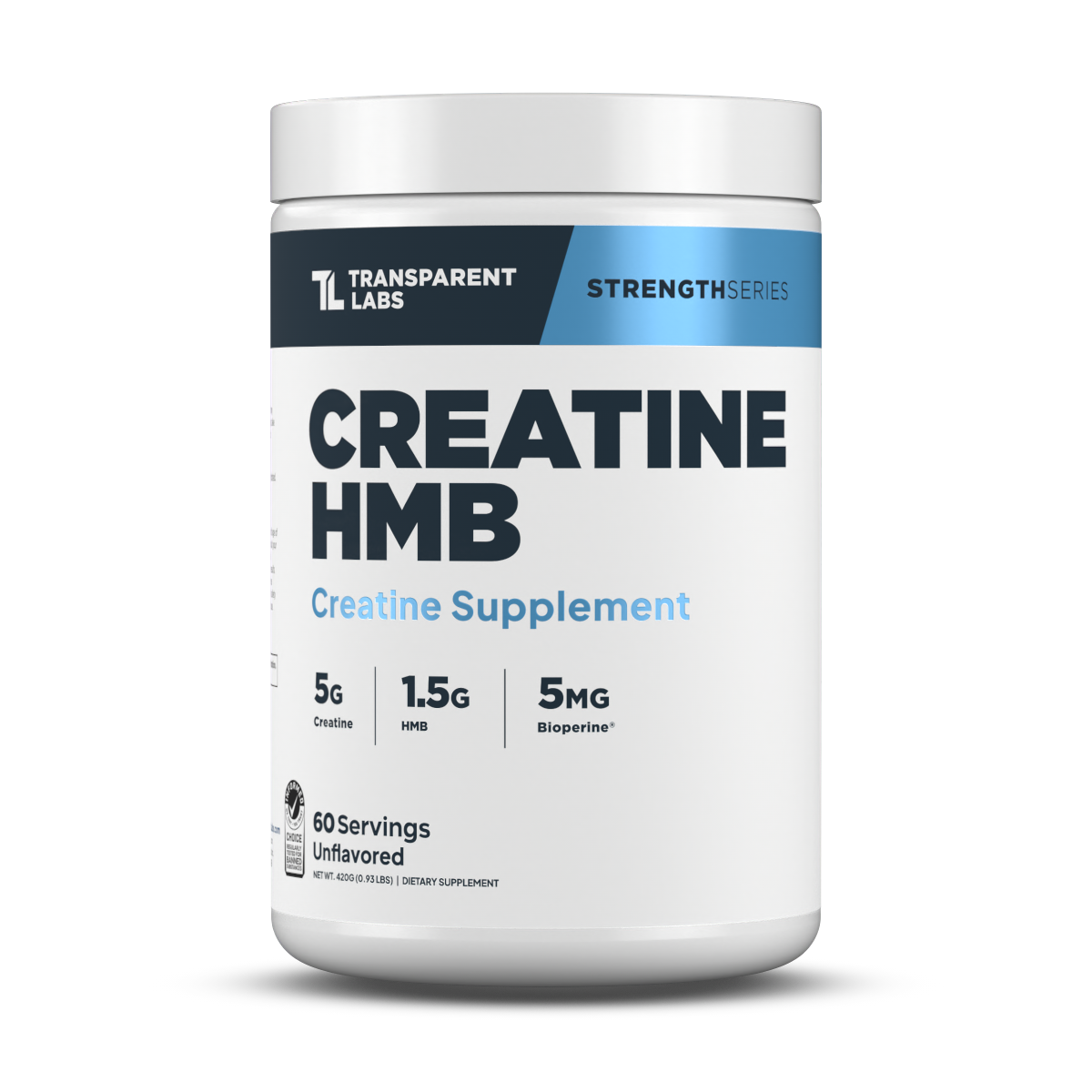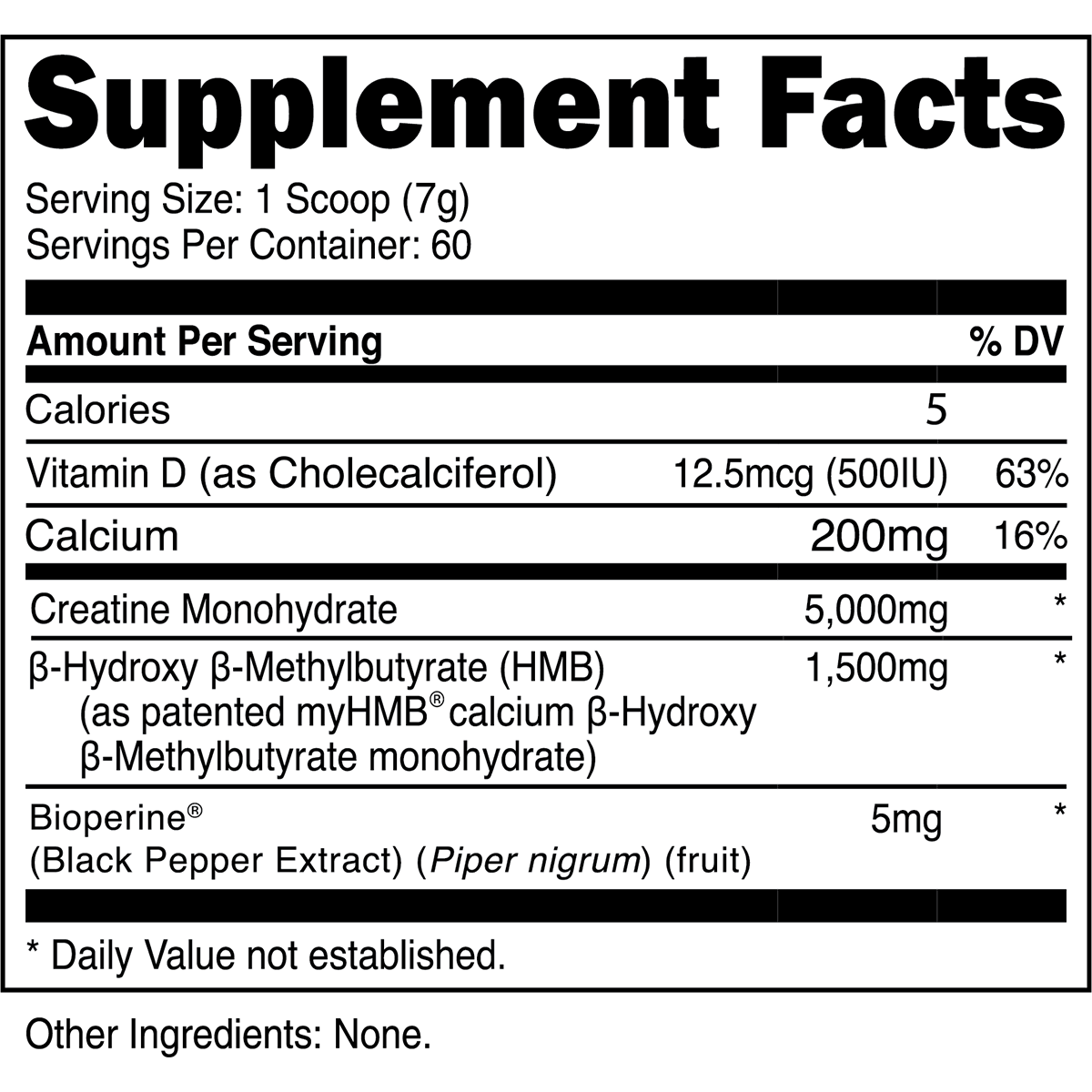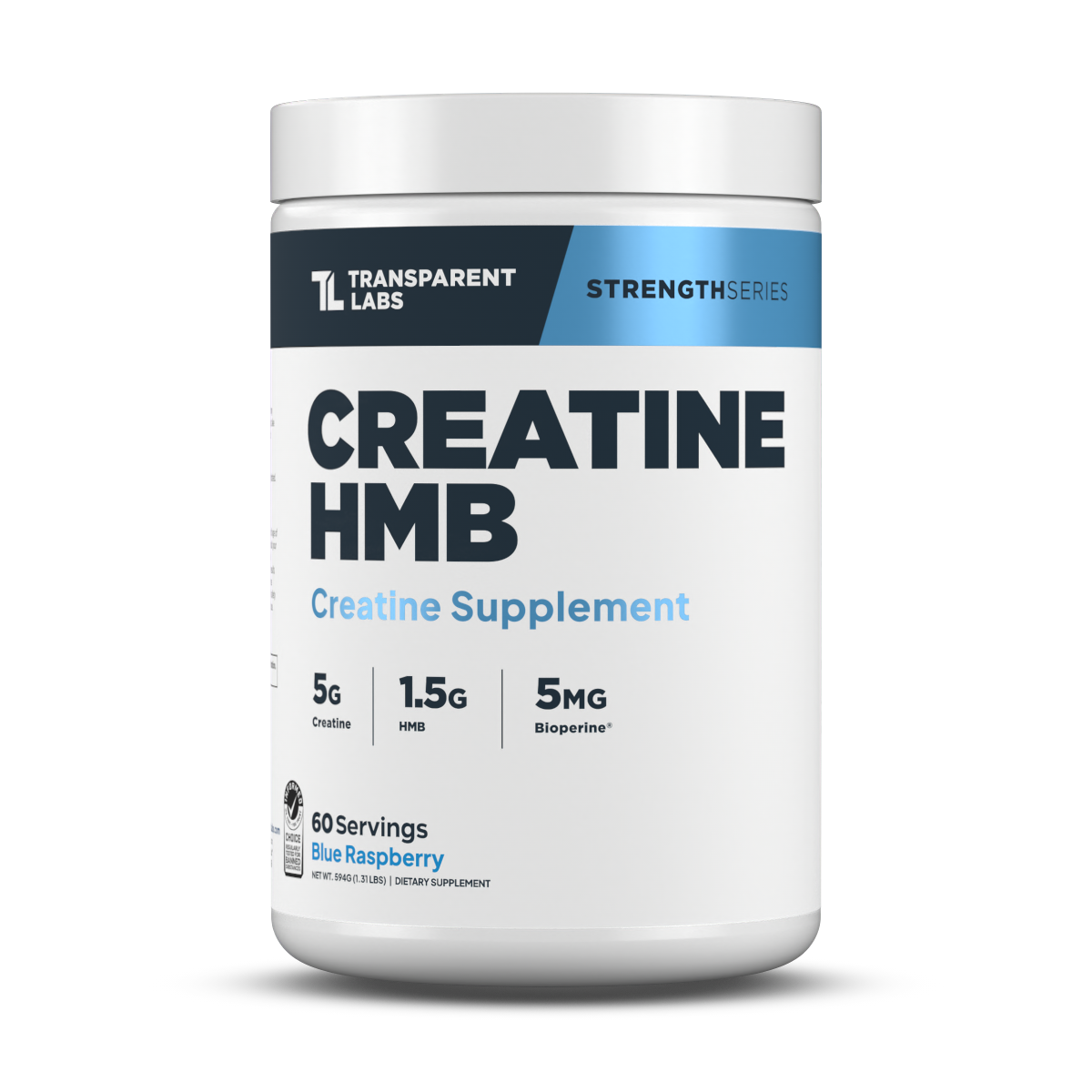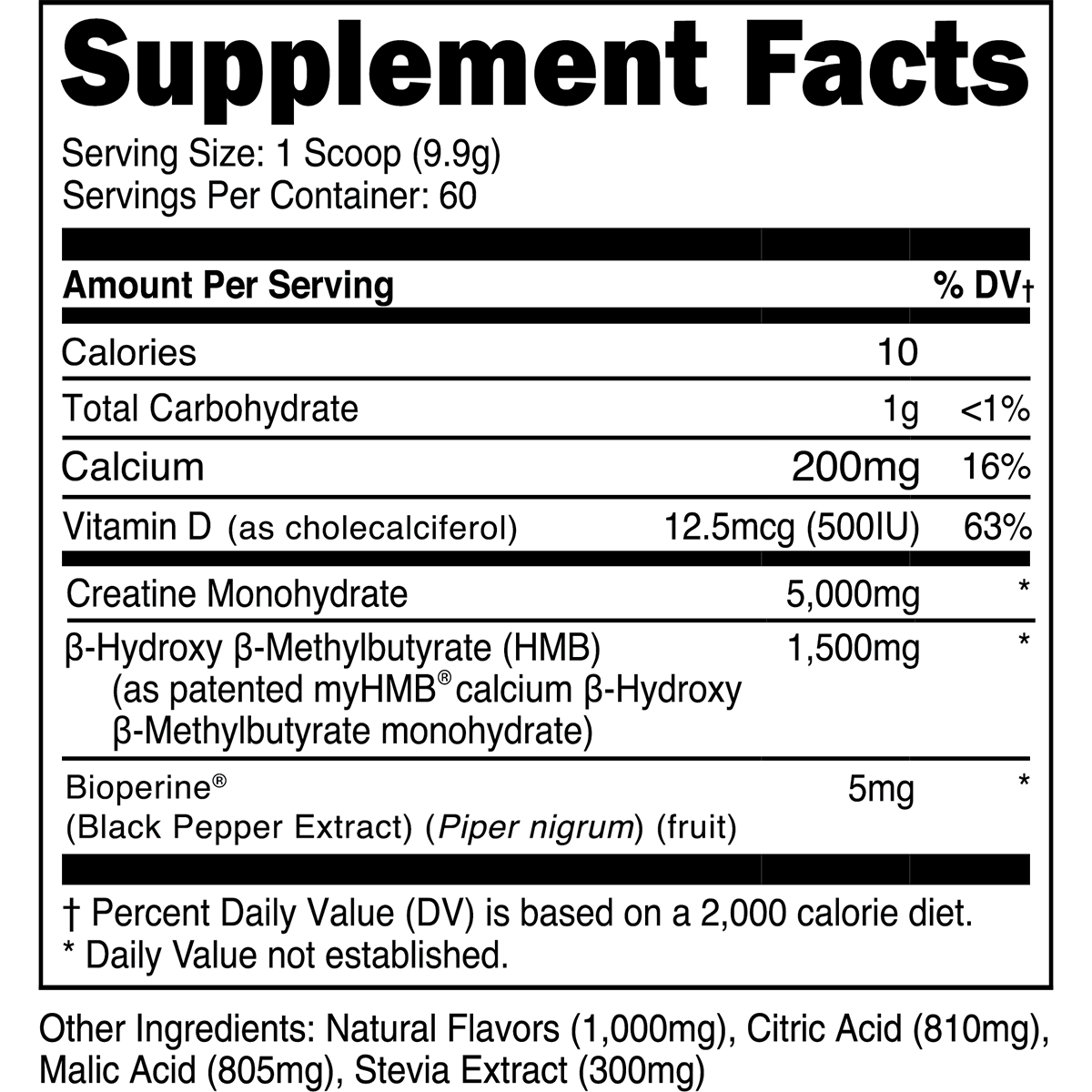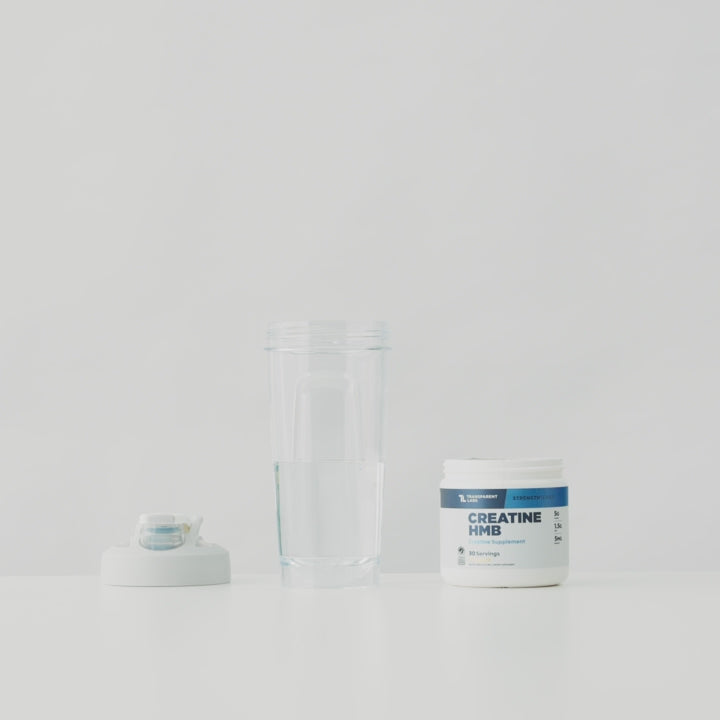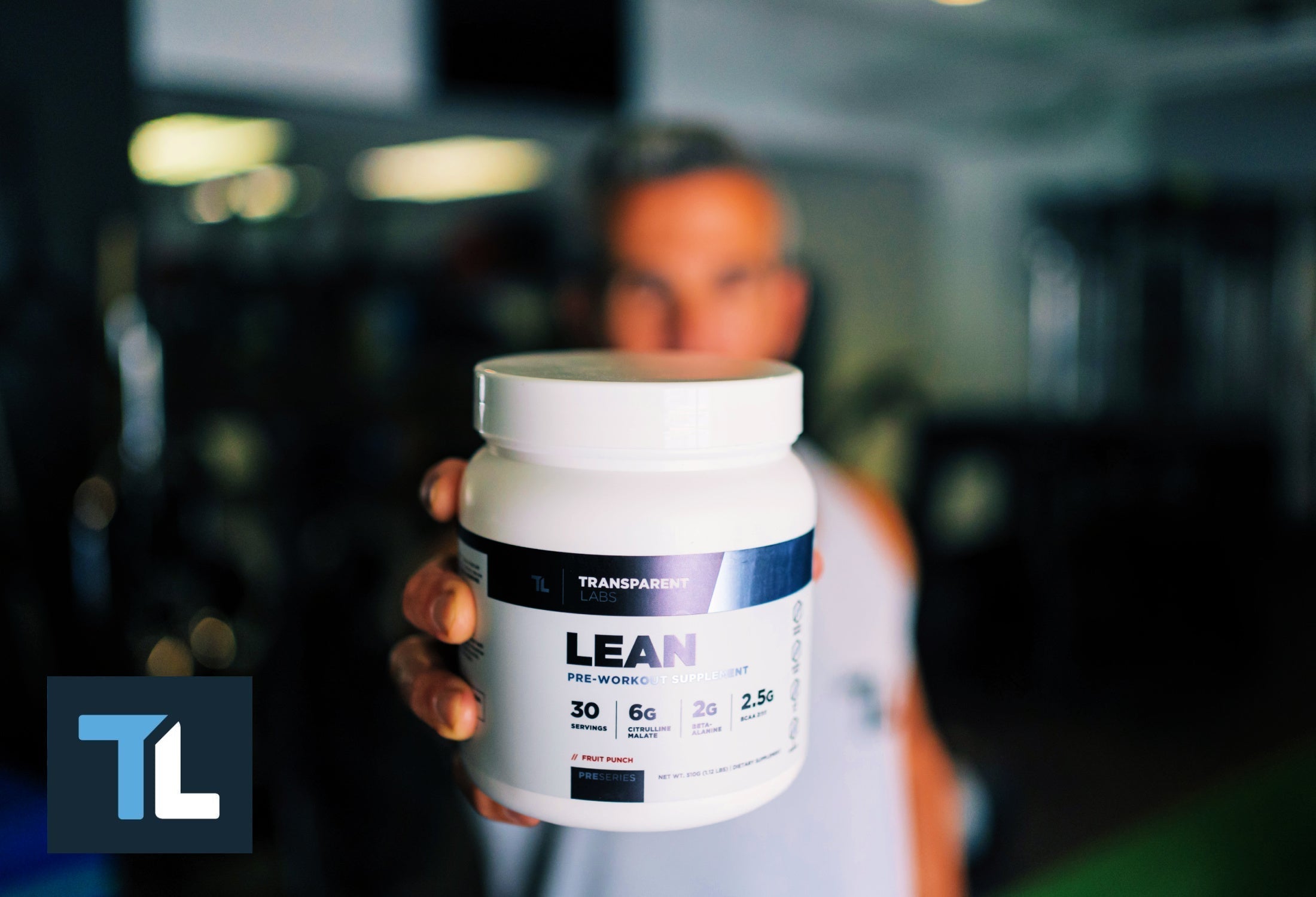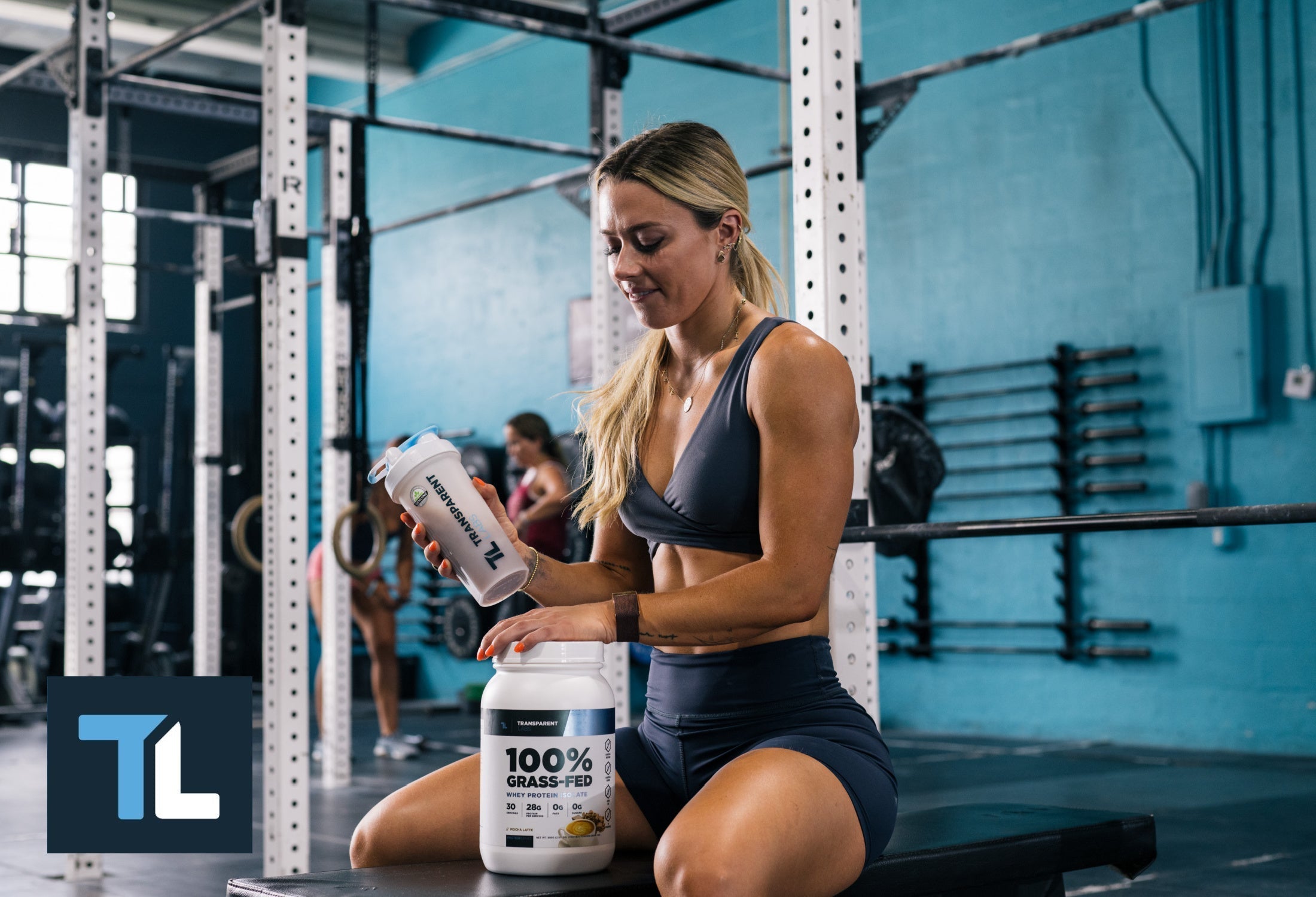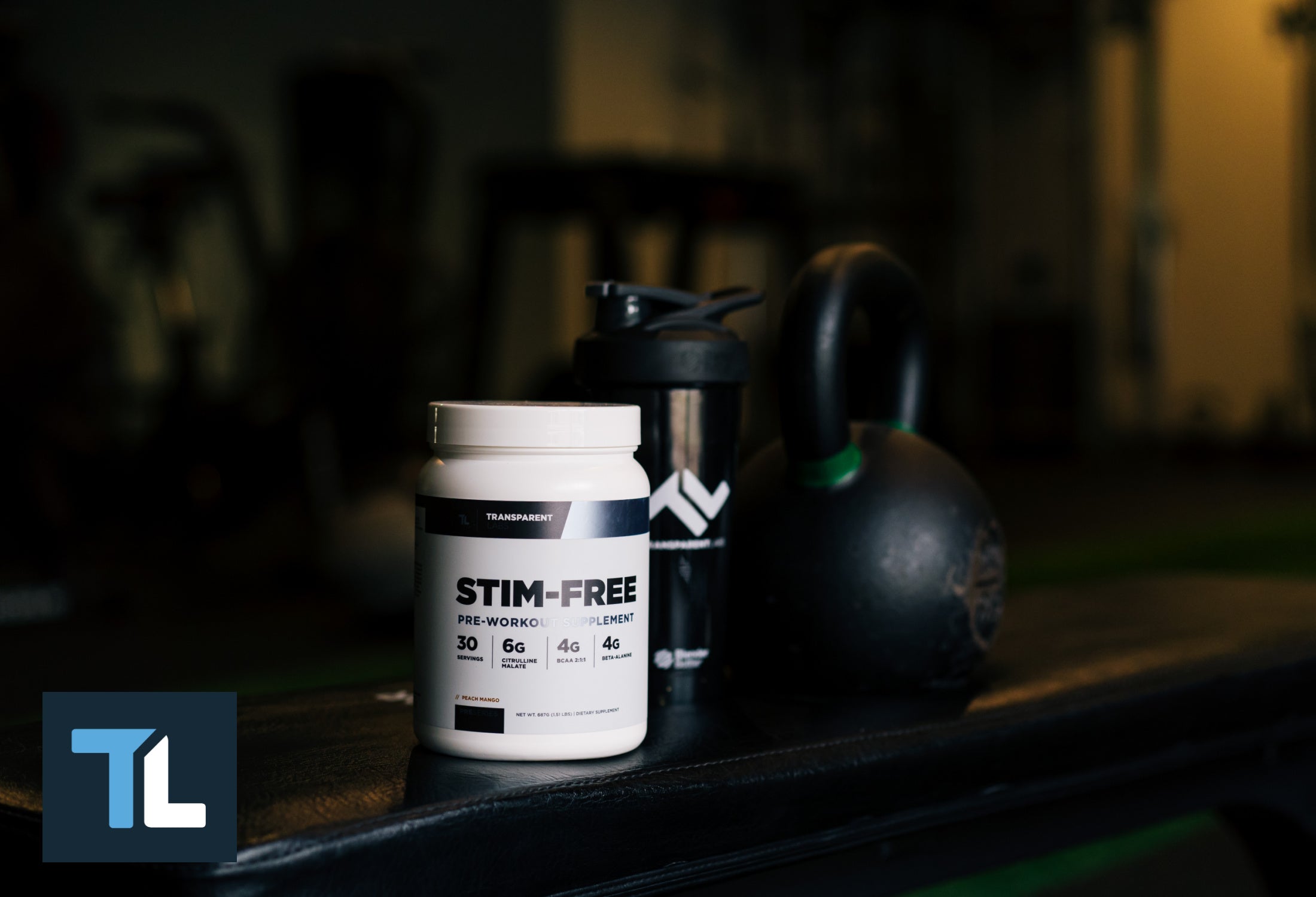We’ve come a long way since the days when creatine first emerged on the scene as a nutritional supplement. It’s possible that no nutrient before or since has ever faced such a dichotomous set of views due to the fact that it was so effective at amplifying the abilities of famous athletes.
Because of what was seen as the inconvenient fact of creatine’s prowess at muscle enhancement, it was categorized as “a natural steroid” by those in the press who wanted to see it banned. Others took a different approach, and insisted beyond all evidence to the contrary that creatine simply drew water into the muscles and created a cosmetic effect that made people believe they were becoming muscular, but that they should otherwise ignore the value that creatine so clearly offered.
Since overcoming these unnecessarily controversial beginnings and unfair misclassifications, creatine use has surged in popularity, and is now taken by everyone from athletes hoping to achieve new athletic performance highs, to older adults hoping to slow their descent to muscle performance lows.
In the midst of the widespread acceptance and use of creatine has come a new trend: creatine micro-dosing. So what is micro-dosing, how do you go about engaging in it, and what has led people to adopt it as a habit? And more importantly, is the practice of micro-dosing as effective as so many people seem to hope it is?
What is a micro-dose of creatine?
The process of even defining a micro-dose of creatine is complicated by two factors. The first is the newness of the term, which may make it challenging to settle upon what a micro-dose of creatine is. The second is the fact that creatine is present — albeit not plentiful by typical supplemental standards — in a wide variety of foods.
If you search online, a micro-dose of creatine is most commonly defined as a dose — or multiple doses of creatine — that add up to one-to-five grams of creatine per day. To put that range into perspective, ordinary beef — which is frequently touted as the most plentiful natural source of creatine — is said to contain in the range of 1 gram of creatine per half pound.
So, does this mean that your daily habit of consuming two quarter-pound burgers is a micro-dose of creatine? Theoretically no… unless you happened to be consuming those burgers primarily for their creatine content — which a microscopically small number of people would ever attempt to do. However, it’s worth noting that a diet that includes the daily consumption of beef in healthy quantities could conceivably satisfy the low-end of the micro-dosing range.
More reasonably, micro-dosing of creatine is best defined as the targeted consumption of supplemental creatine in an amount of at least 1 gram per day, while not exceeding 5 grams, which is the established ceiling for a maintenance dose of creatine.
Why do people micro-dose creatine?
Much of this push to take micro-doses of creatine stems from the perceived inconvenience of the creatine loading phase, in which large doses of creatine are taken for five to seven days, and the people taking the creatine have been taught to dread the thought of missing even a single spoonful, capsule, or bottle.
The dosage recommendations for creatine are so well established that many people who have supplemented with creatine regularly at any point in their lives can still cite the protocol of a 15-20 gram loading period over the course of five to seven days, followed by daily maintenance doses of 5 grams.
Because of this recommendation, which is presumably born out of the proof of this routine’s effectiveness, any deviation from the prescribed and time-honored method of creatine ingestion can come across as both ill-advised, and downright silly to people who are unwilling to consider an alternative approach.
Alternatively, there is also a relatively small percentage of people who have a very real digestive sensitivity to creatine, which is exacerbated during the 20-gram-per-day loading phase. Understandably, these people may be turned off by severe digestive discomfort that they may experience during their loading phase of creatine.
To this latter group, the idea of micro-dosing with creatine is a dream come true, as they can finally experience the convenience of creatine supplementation… as long as the micro-dosing process actually proceeds as advertised.

Where am I most likely to encounter a micro-dose of creatine?
Ignoring for just a moment that you are likely to encounter a micro-dose quantity of creatine — by some definitions — every time you eat a sizeable serving of beef, there are certain places where you are very likely to encounter creatine at levels that fall into the micro-dosing range, and well above those that can realistically be consumed through ordinary food items on a daily basis.
First of all, it’s important to recognize that it’s quite possible to take a micro-dose level of creatine through some other supplements without even realizing it. This is because creatine is occasionally slipped into products within which it is a secondary ingredient, and without its presence even being advertised.
There could be multiple reasons why a micro-dose level of creatine might be cast in a supporting role, even though its presence would still benefit the person taking the supplement. The first reason is simply a desire to make the supplement more effective while hoping that the user of the supplement attributes their newfound success to the primary ingredient of the supplement without noticing the creatine’s presence.
Protein Powders
There are several protein powders that are advertised to be essentially pure protein, but which may contain anywhere from 1 to 3 grams of creatine per serving. In essence, if you take the protein powder as a post-workout recovery supplement, and your muscles recover and grow at an unprecedented rate, you may not realize that a portion of the protein’s perceived effectiveness is owed to some of the ingredients that have been added to it.
While there’s nothing inherently wrong with this, you should be aware that your physical improvements may not be due to the quality or purity of the protein powder that you’re consuming, and there is a solid chance that you would achieve even greater benefits if you tried higher quality protein and creatine products that had been kept separate from one another.
Pre-Workout Powders
Because creatine has been shown to boost energy and strength even when taken prior to a physical activity, the incentive is clearly laid out to consume creatine amongst an assortment of stimulants in order to enhance performance.
For this reason, 1 to 2 grams of creatine is often included within the mixture of ingredients that unite to compose pre-workout powders. In these cases, it is blended into a concoction containing a medley of ingredients that have all been proven to promote muscle performance in one way or another, essentially creating a one-stop stimulant stack.
Energy Drinks
Even outside of the muscle performance promoted by pre-workout mixes, up to 1 gram of creatine has been known to find its way into other types of performance enhancers. In particular, energy drinks have frequently been hyped as formulas that promote higher levels of alertness and mental precision. In essence, they are advertising improved cognitive performance, which is another proven benefit of creatine.
One famous example of this is Bang Energy, which once advertised its energy drinks as containing “super creatine” until it became legally obligated to discontinue its use of the term, and still lists creatine as one of its active ingredients. Still, because of creatine’s poor shelf life in liquid form, you can’t be certain that you’re getting the benefits of that full gram of creatine when you find it in a pre-made energy drink
Creatine Supplements
Despite all of the atypical places in which you are likely to encounter micro-dose levels of creatine, the simplest way to engage in micro-dosing of creatine is simply to acquire it from a dedicated, clearly labeled creatine source.
Whether you consume it in a powdered, liquid, or gummi form, taking supplemental creatine in smaller-than-average doses on a consistent basis from a traditional creatine source is the most reliable way to consume the precise doses of creatine that can fulfill your micro-dosing requirements.

Does Micro-Dosing Creatine Actually Help?
Now that we’ve established what micro-dosing is, and how to do it, we still need to determine whether or not it actually benefits you. This can be a complicated matter to deduce, because there are so many ways in which creatine can be beneficial, but not everyone arrives at creatine supplementation on equal footing.
One example of this would involve food-conscious people who have been adhering to a vegan diet for a considerable length of time. Because meat and fish are the most abundant sources of natural creatine, and vegans routinely avoid both varieties of food, they are more likely than most people to be low in creatine, and are therefore often hyper responsive to it. As such, the practice of micro-dosing with creatine may be beneficial to them even if it simply serves to bring the level of creatine in their bodies to an average level.
Aside from populations that tend not to get enough natural creatine, the real challenge is surmounting the longstanding assumption that supplemental creatine is of next to no value unless a person has first engaged in a proper loading phase to saturate the skeletal muscle tissue.
Absent this preceding ritual, taking doses of creatine even up to 5 grams was long believed to be ineffective, and even after undergoing a loading phase, creatine doses below 3 grams were believed to be inadequate to sustain muscle saturation. So with this in mind, let’s turn to the data to see if there is any evidence that micro-dosing creatine is helpful in elevating physical and mental performance.
Low-Dose Creatine and Strength
Curiously, one of the most commonly cited studies comparing the effects of different creatine doses on the strength levels of trained college athletes came to the conclusion that creatine was of a negligible benefit, but there is some interesting data lurking within this problematically arranged study.
First of all the study’s sample size of 25 elite college football players was quite small, especially considering the players were divided into three groups: low-dose, high-dose, and placebo. Second, the players were randomly assigned to groups with no consideration to the positions they played, and as everyone knows, there are considerable size and strength differences between 330-pound offensive tackles and 180-pound placekickers.
With that being said, all of the participant groups achieved significant strength gains over the course of the 10-week study. (1) Also, although the study reached the conclusion that there wasn’t a significant difference in the level of improvement between the groups — again, the study did not control for the height, weight, and position of the players within each group — the low-dose creatine group did record the greatest strength gains amongst all three groups.
So, while the study may not have been the most neatly organized, its results suggest that the low-dose creatine group certainly suffered no performance penalty in comparison to the high-dose group.
In a more reliable study involving elite youth soccer players taking an average of around 2.0 grams of creatine per day, the process of micro-dosing with creatine was able to markedly improve maximum muscle power over a short, 14-day supplementation period. (2)
Low-Dose Creatine and Fatigue Resistance
One of the areas in which micro-dosing with creatine appears to be highly advantageous is with respect to fatigue management, both in terms of resistance and recovery. This capability of low-dose creatine was displayed during a study that also noted that there were no significant physical changes in the bodies of the test subjects despite the performance improvements.
During the six-week study, healthy young men and women who supplemented with an average of 2.3 grams of creatine per day were drastically more resistant to fatigue than the placebo group from one weight training set to the next. (3) These findings suggest that micro-dosing with creatine can dramatically improve post-workout muscle recovery, and boost endurance from one set to the next.
Low Dose Creatine and Cognitive Function
By now, there is seemingly endless evidence that creatine improves cognitive function in people of all ages, but particularly in populations that tend to be the most susceptible to lapses in cognitive function, like older adults. The only real question remaining is exactly how much of a creatine dose is required in order to unlock those advantages.
A meta-analysis of several studies exploring the effects of creatine on cognitive performance found that there was no difference in outcomes amongst test subjects who supplemented with high doses of creatine exceeding 5 grams per day, and subjects who took less than 5 grams per day. (4) Considering that the majority of the studies involved subjects who took 20 grams of protein each day throughout the testing phase, it is indeed welcome news that a loading-level volume of creatine is not required to achieve these benefits.
However, despite all of the information suggesting that creatine doses at or above 3.0 grams can be of enormous value, a separate aggregation of these studies determined that there was fundamentally no value to supplemental creatine doses below 3.0 grams in terms of improving cognitive function. (5)
Therefore, if the objective is to consume creatine primarily for the sake of optimizing brain function, consuming creatine at or near the quantity of a classic daily maintenance dose of 3 grams or more seems to be the best way to ensure that you achieve those desired effects.
Low Dose Creatine and Medical Intervention
One of the most overlooked cases in which true micro-dosing of creatine has clearly seemed to aid the test subjects who took it involved patients with high cholesterol who suffered from statin myopathy. Specifically, statins are prescribed as a medical intervention to lower patients’ cholesterol levels, but when statin myopathy occurs, more expensive treatments are subsequently ordered.
When creatine was prescribed as an intervention, taken in doses of 2 grams of creatine three times per day for one week, followed by 1 gram of creatine three times each day on an ongoing basis, patients’ muscles enjoyed a considerable reduction in statin toxicity. (6)
As a result, micro-doses of creatine were deemed to be a means for increasing statin effectiveness, and preventing patients from having to fork over substantially more money on more expensive cholesterol-management treatments.
In a different sort of medical setting, when daily doses of creatine at the bottom end of the micro-dosing range were administered to post-menopausal women for a year, the one-gram-per-day doses of creatine did nothing to improve bone health, lean mass, or muscle function. (7) However, it should be noted that the women did not engage in any strength-training programs in conjunction with this study.
A Note of Caution
The frequently stated micro-dosing range of one to five grams of creatine is actually quite wide, and while there seem to be some clear examples of the physical benefits of creatine being felt at supplemental levels of 2 grams or slightly higher, there are also data points that seem to identify 3 grams as a bare-minimum threshold for yielding appreciable cognitive rewards from taking creatine.
With this in mind, if you have no specific sensitivities to creatine, you may find it advantageous to set 5 grams of creatine as your standard micro-dose to ensure that you’re experiencing both the physical and cognitive rewards of consuming creatine.
Micro-Dosing Yields Macro Results
If there’s a general takeaway to be gleaned from this data, it’s that creatine of any practical quantity seems to be a net positive in people’s bodies, and even at relatively low doses, creatine has been proven to be highly effective at boosting strength, aiding muscle recovery, and enhancing cognitive function. The point at which the positive effects seem most noticeable are at a minimum level of 2 grams, without a need to exceed the quantity of the advised daily maintenance dose of 5 grams.
This should come as a relief to anyone who is concerned about sustaining themself over the course of a full loading period, and potentially missing a few doses. Modern data appears to indicate that foregoing a loading period altogether is perfectly acceptable as long as your daily doses of smaller amounts remain consistent.
Sources:
-
Wilder N, Deivert RG, Hagerman F, Gilders R. The Effects of Low-Dose Creatine Supplementation Versus Creatine Loading in Collegiate Football Players. J Athl Train. 2001 Jun;36(2):124-129. PMID: 12937451; PMCID: PMC155521.
-
Yáñez-Silva, Aquiles & Buzzachera, Cosme & Piçarro, Ivan & Januário, Renata & Boiko Ferreira, Luis Henrique & Mcanulty, Steven & Utter, Alan & Souza-Junior, Tacito. (2017). Effect of low dose, short-term creatine supplementation on muscle power output in elite youth soccer players. Journal of the International Society of Sports Nutrition. 14. 10.1186/s12970-017-0162-2.
-
Rawson ES, Stec MJ, Frederickson SJ, Miles MP. Low-dose creatine supplementation enhances fatigue resistance in the absence of weight gain. Nutrition. 2011 Apr;27(4):451-5. doi: 10.1016/j.nut.2010.04.001. Epub 2010 Jul 1. PMID: 20591625.
-
Konstantinos Prokopidis, Panagiotis Giannos, Konstantinos K Triantafyllidis, Konstantinos S Kechagias, Scott C Forbes, Darren G Candow, Effects of creatine supplementation on memory in healthy individuals: a systematic review and meta-analysis of randomized controlled trials, Nutrition Reviews, Volume 81, Issue 4, April 2023, Pages 416–427, https://doi.org/10.1093/nutrit/nuac064
-
UKNHCC (United Kingdom Nutrition and Health Claims Committee) 2024. Scientific Opinion for the substantiation of a health claim on creatine supplementation and improved cognitive function pursuant to Article 13(5) of retained Regulation (EC) No 1924/2006, as amended by the Nutrition (Amendment etc.) (EU Exit) Regulations 2019 and the Nutrition (Amendment etc.) (EU Exit) Regulations 2020.
-
Scarsi E, Dorighi U, Adriano E, Grandis M, Balestrino M. Low-Dose Creatine Supplementation May Be Effective in Early-Stage Statin Myopathy: A Preliminary Study. J Clin Med. 2024 Nov 27;13(23):7194. doi: 10.3390/jcm13237194. PMID: 39685653; PMCID: PMC11642150.
-
Lobo DM, Tritto AC, da Silva LR, de Oliveira PB, Benatti FB, Roschel H, Nieß B, Gualano B, Pereira RM. Effects of long-term low-dose dietary creatine supplementation in older women. Exp Gerontol. 2015 Oct;70:97-104. doi: 10.1016/j.exger.2015.07.012. Epub 2015 Jul 17. PMID: 26192975.
